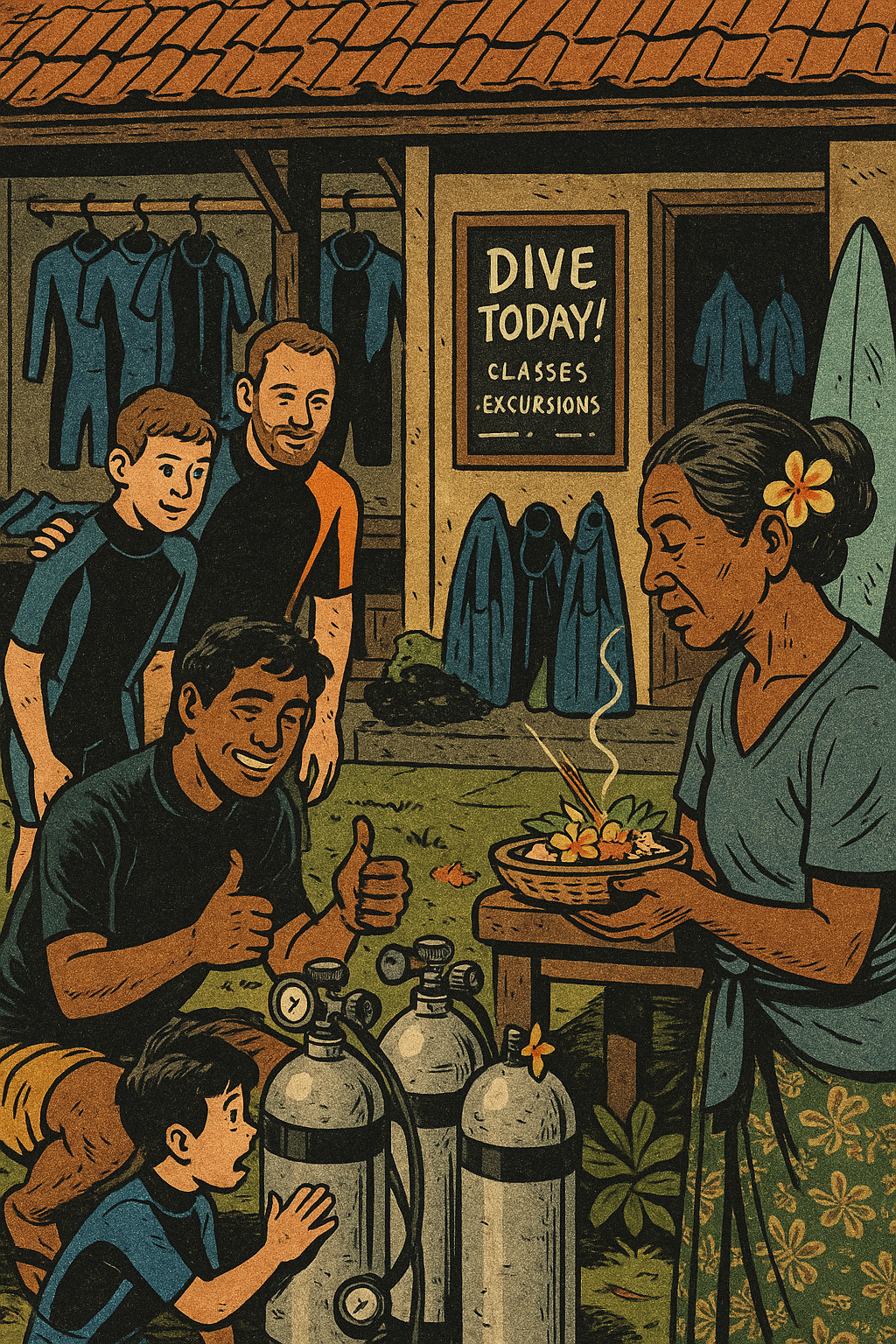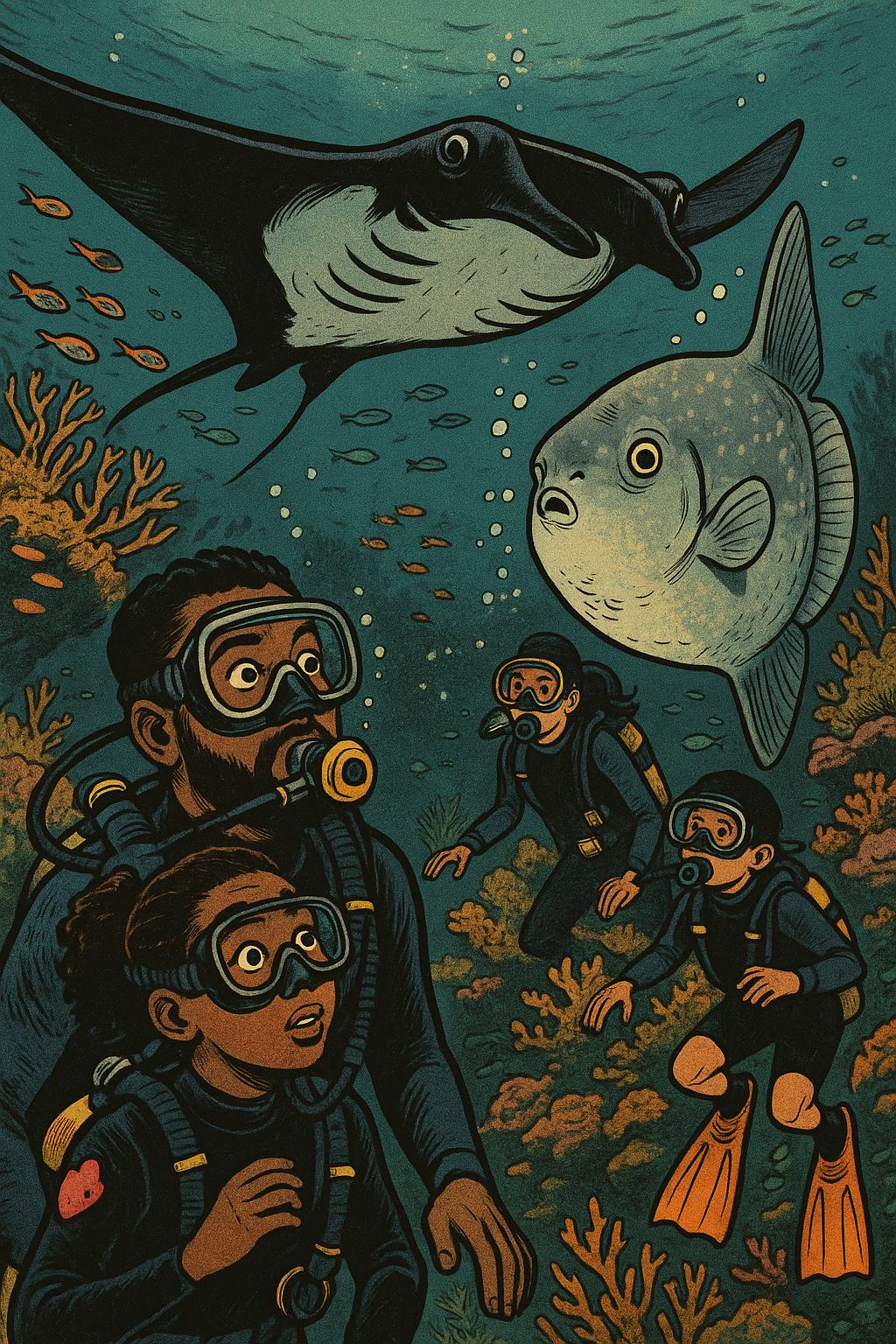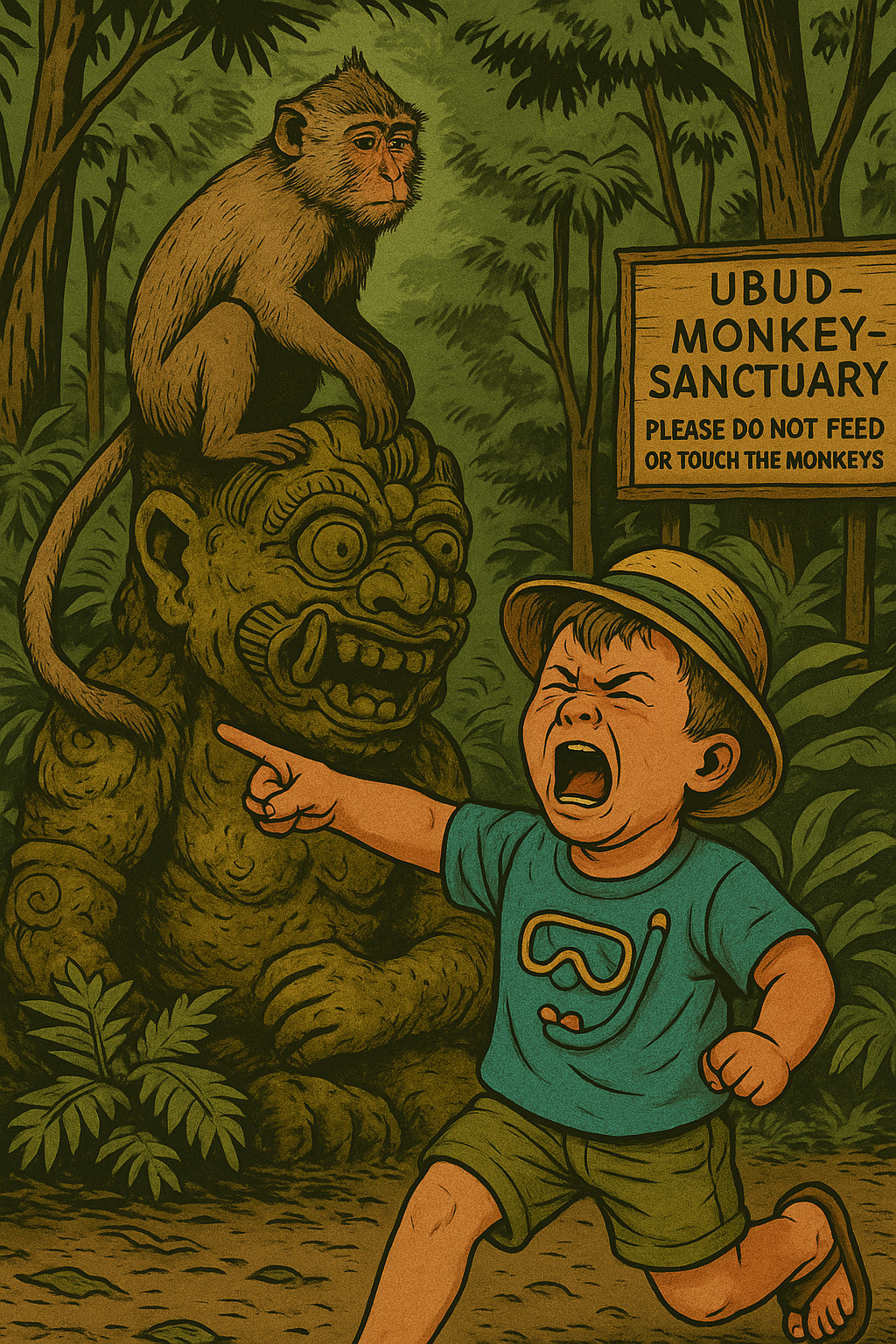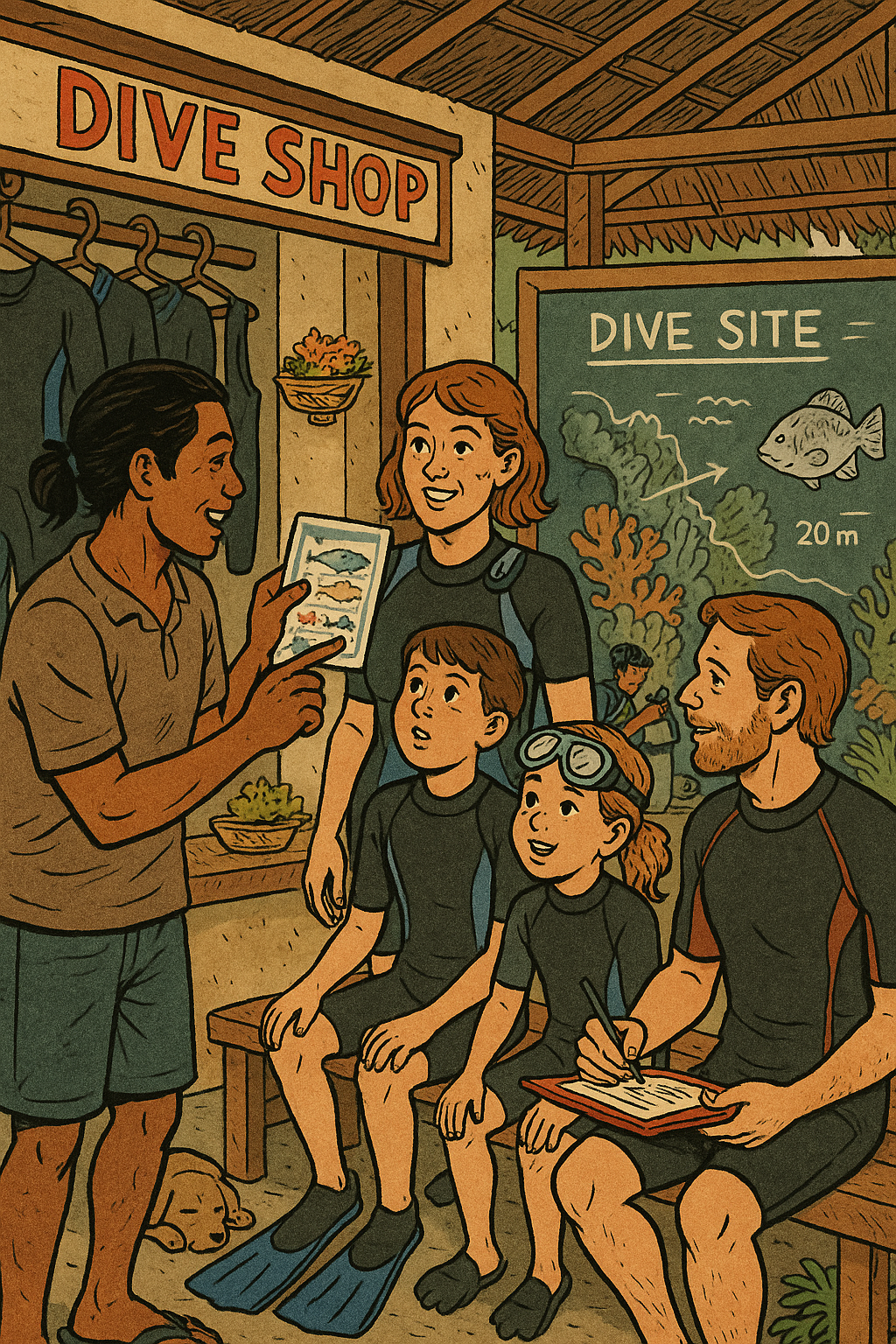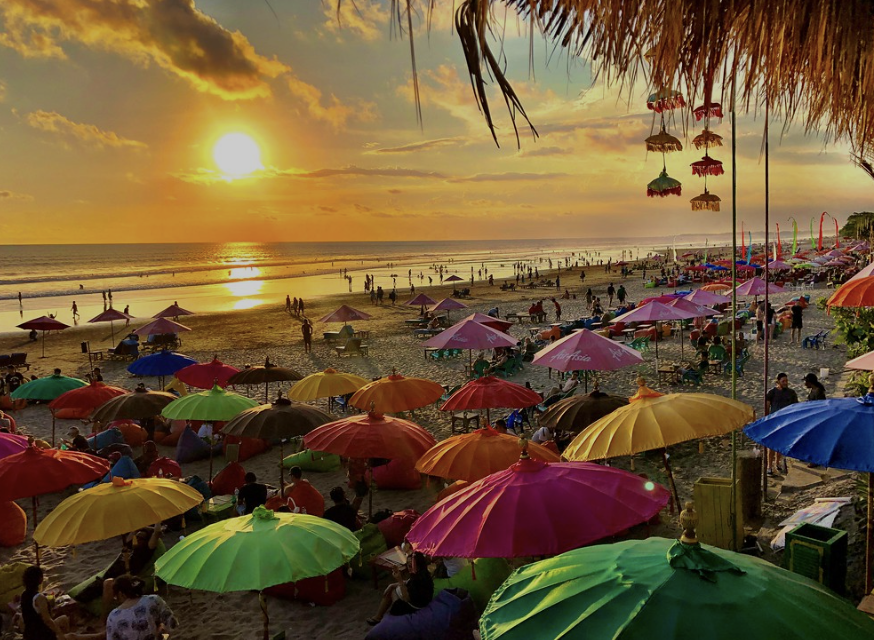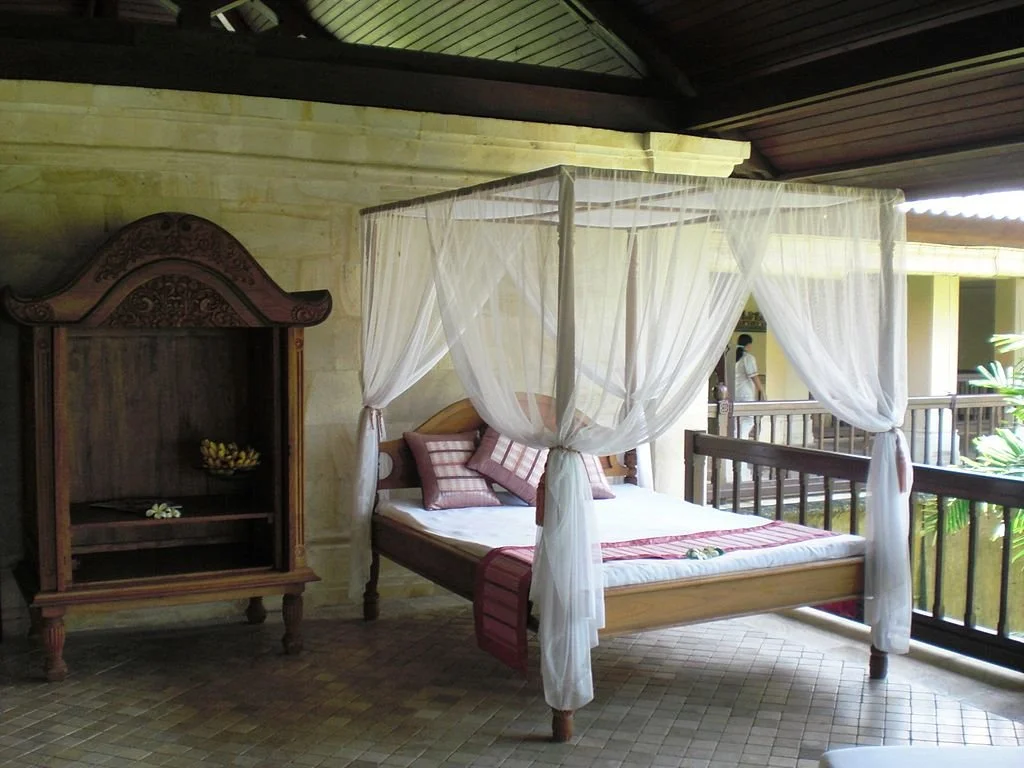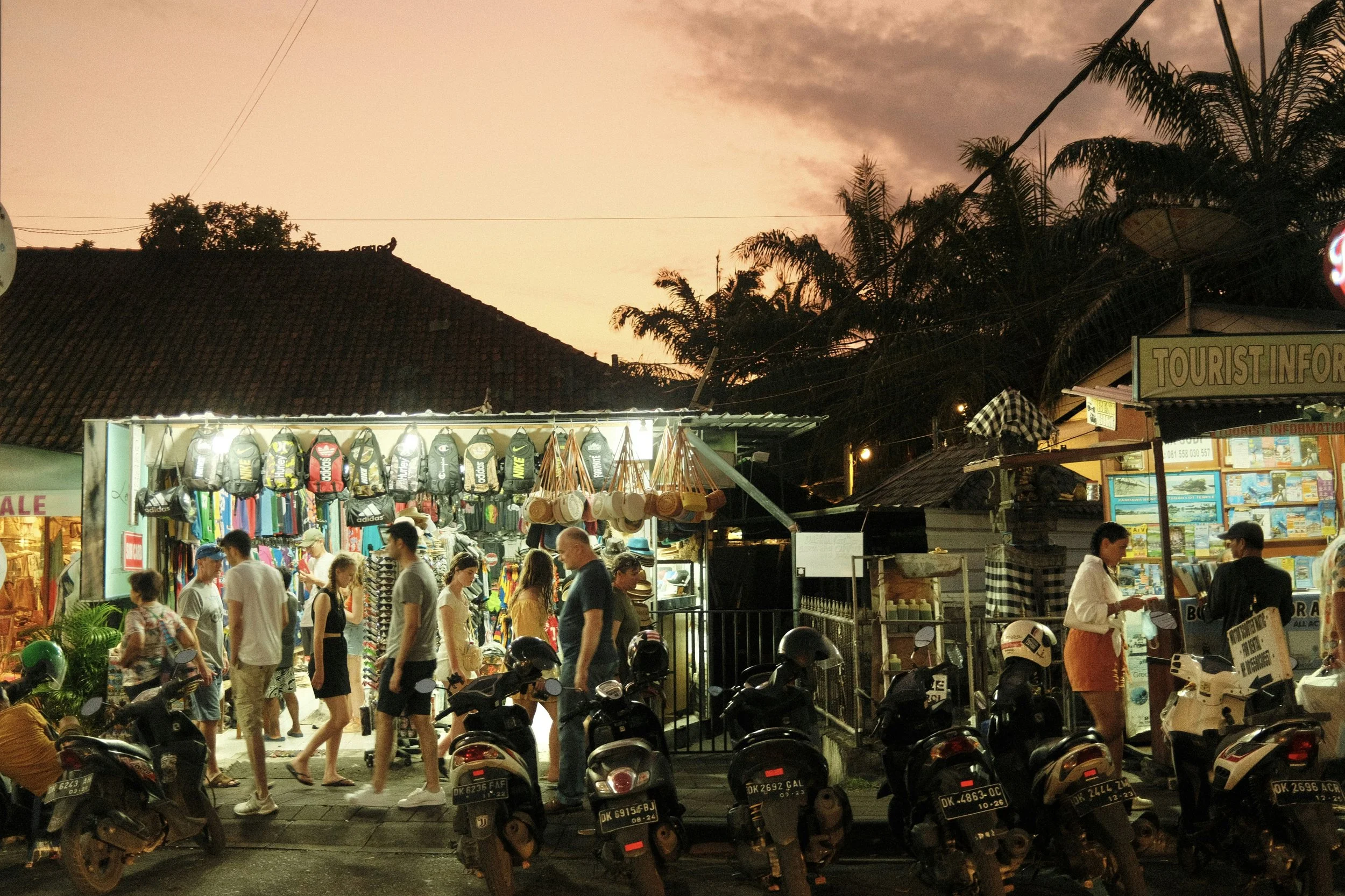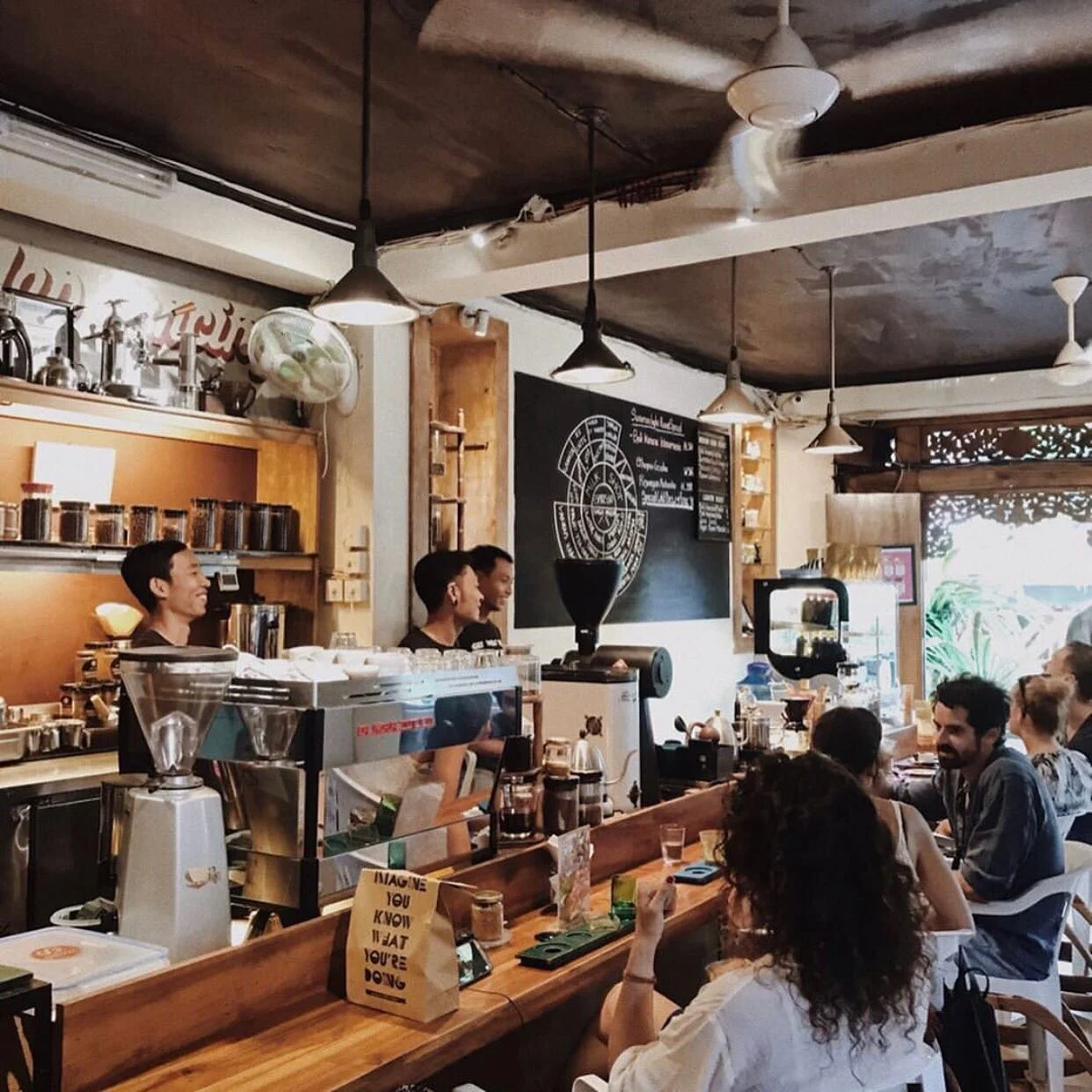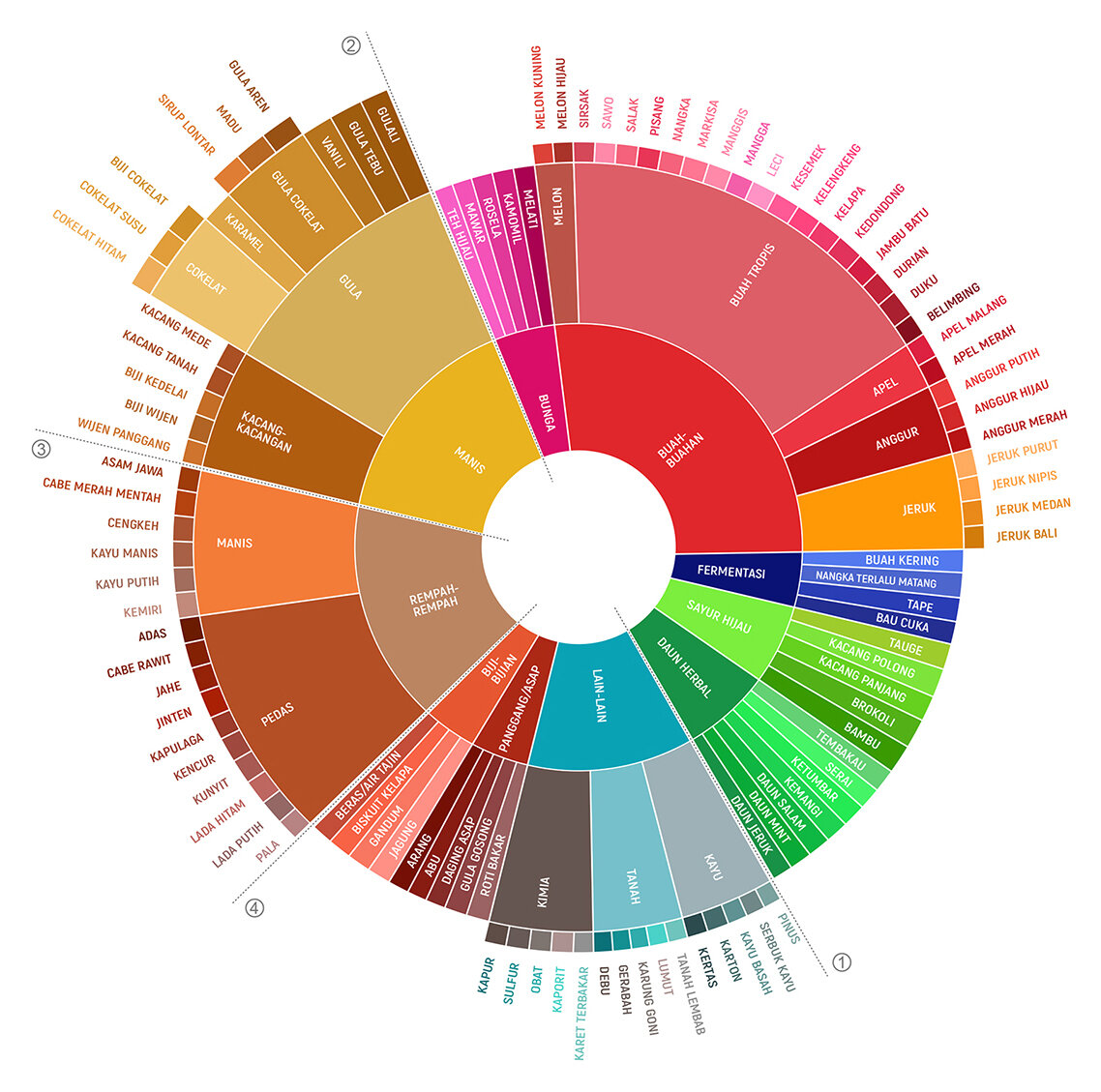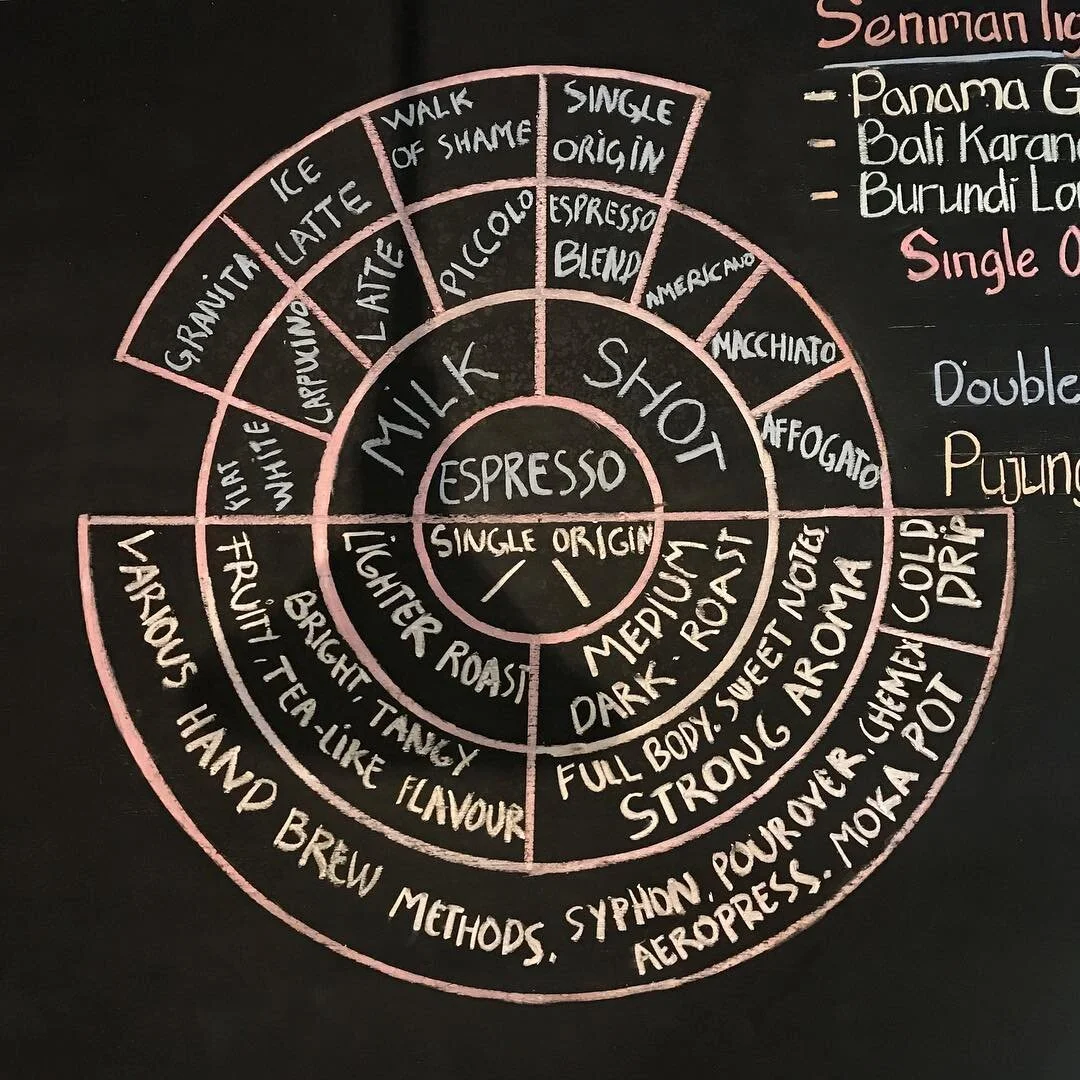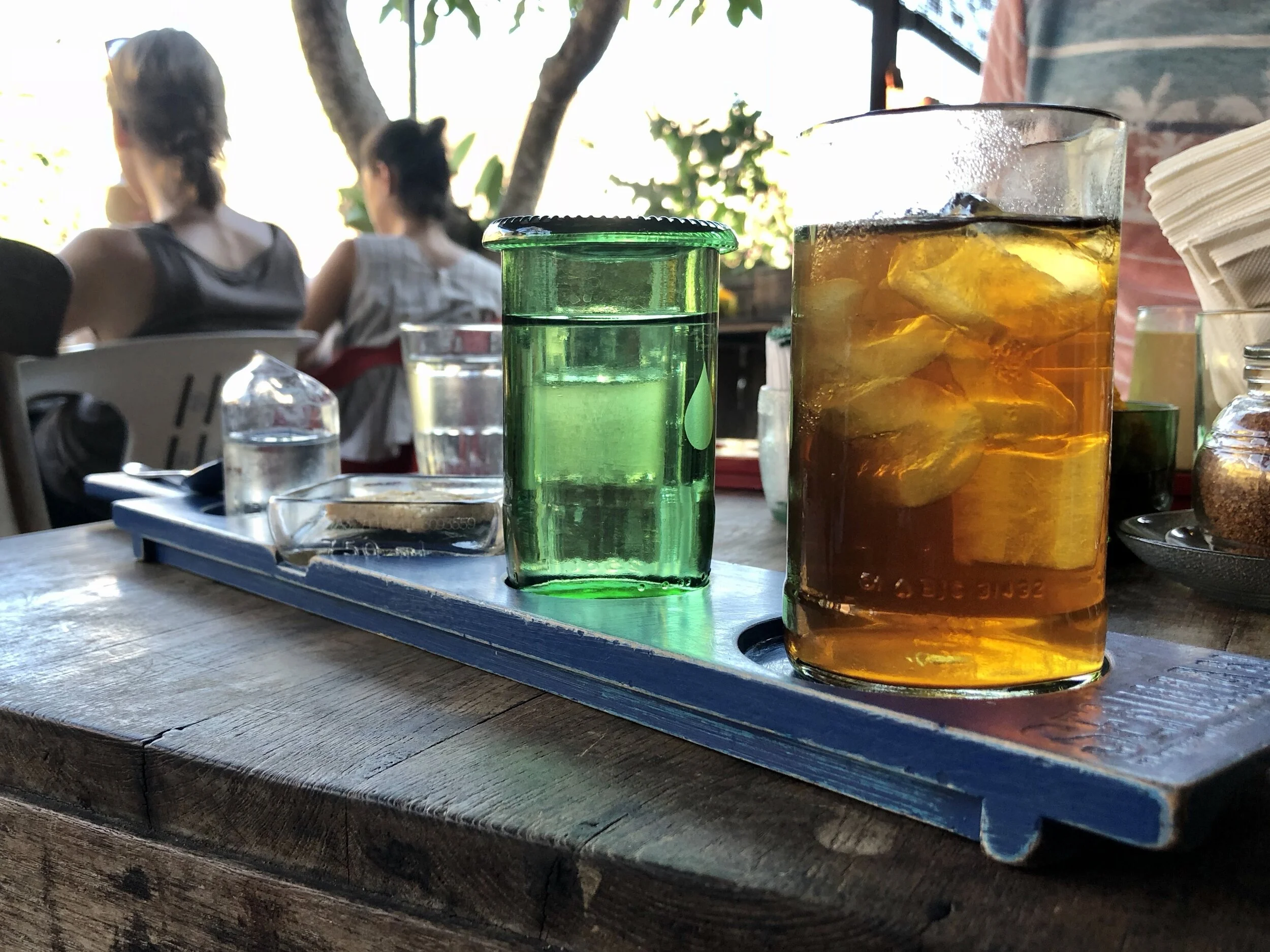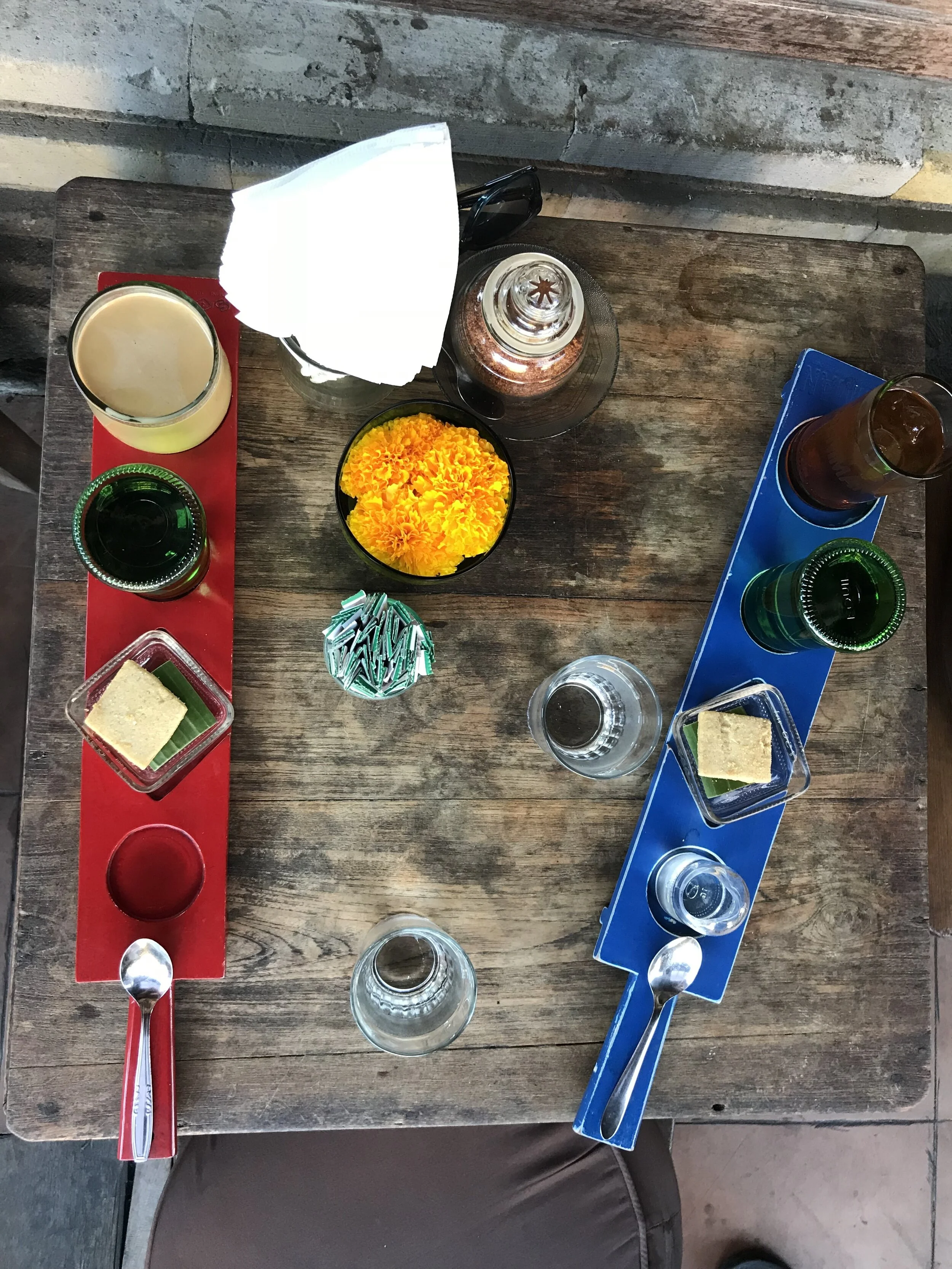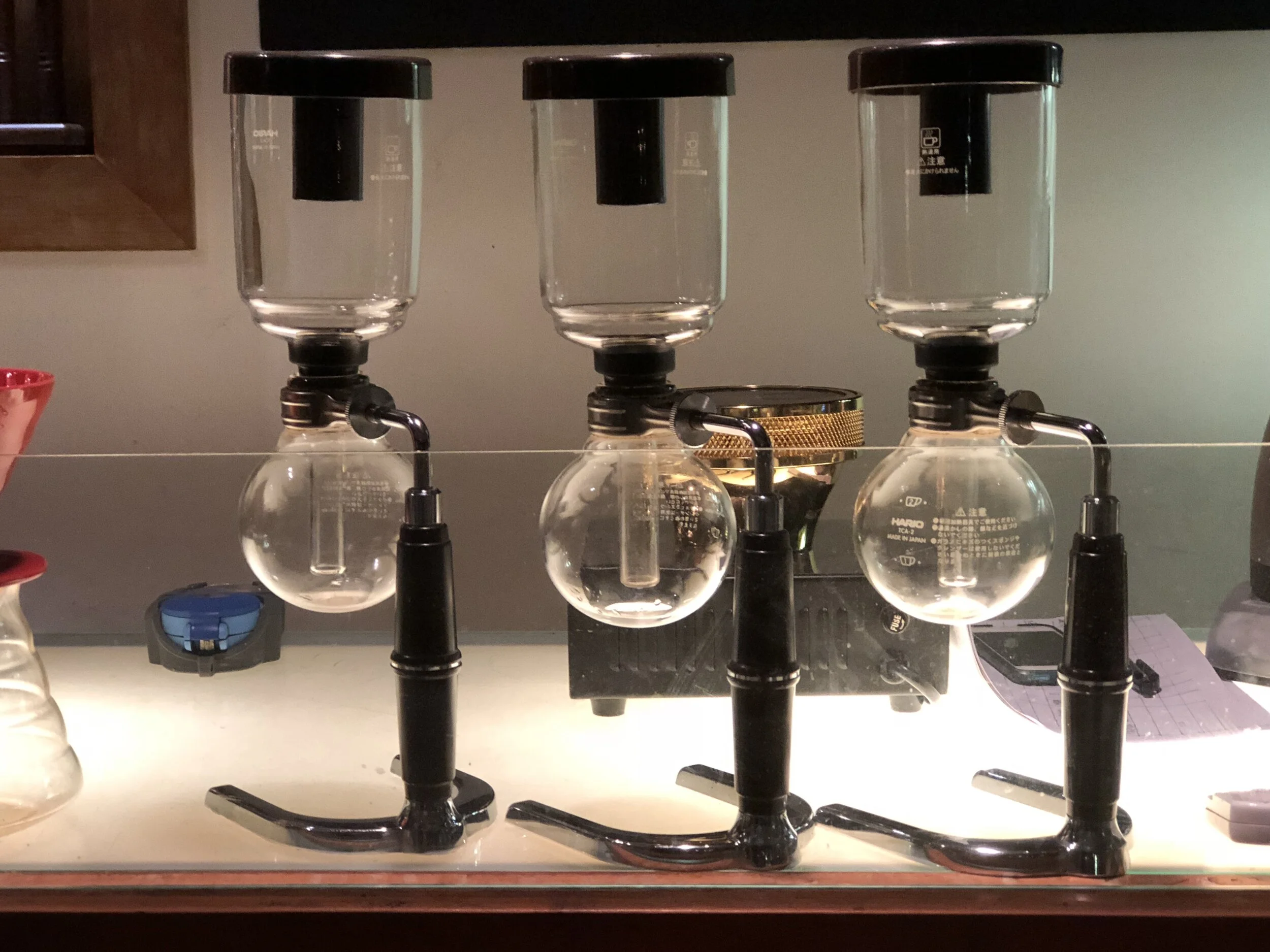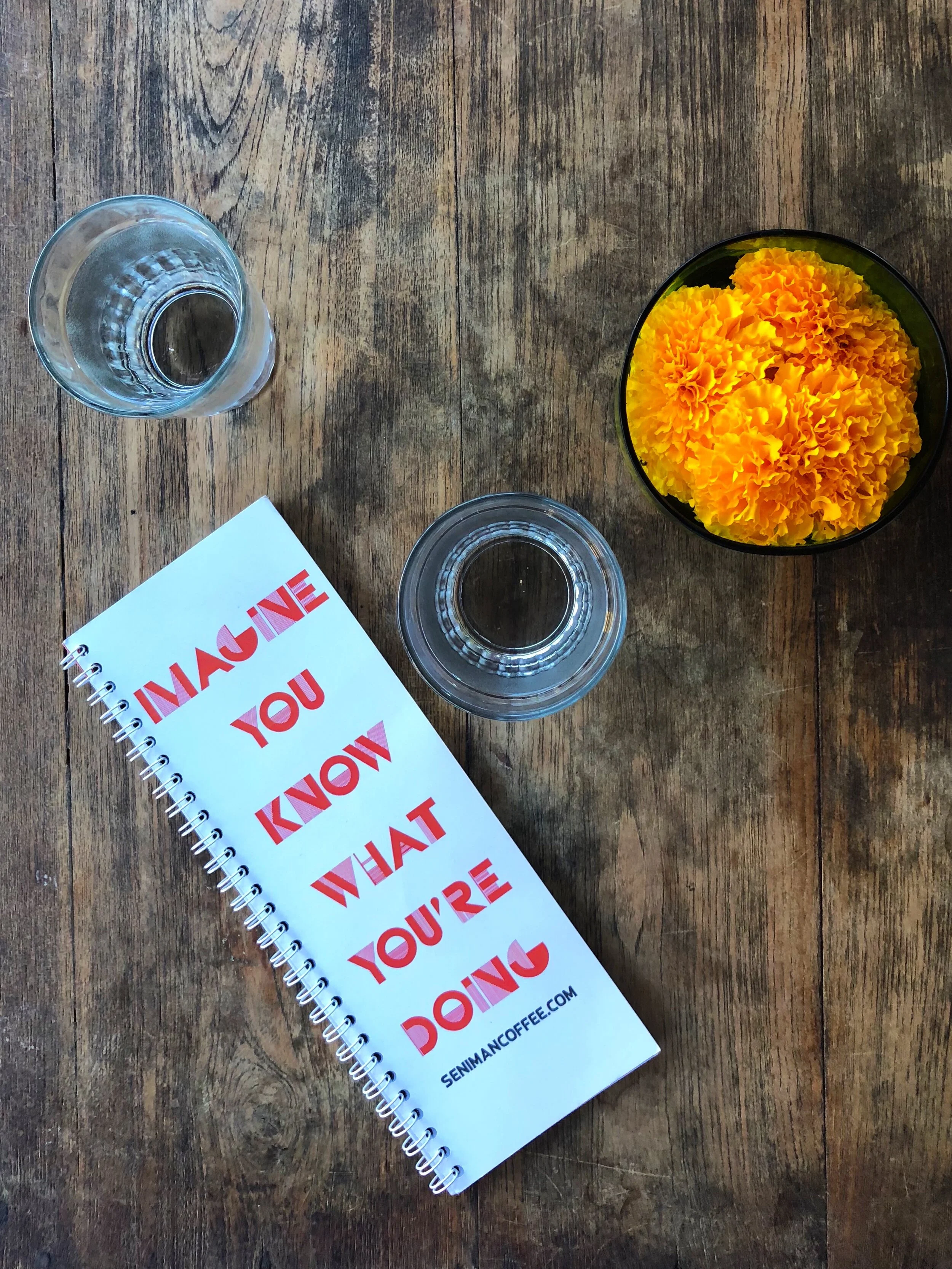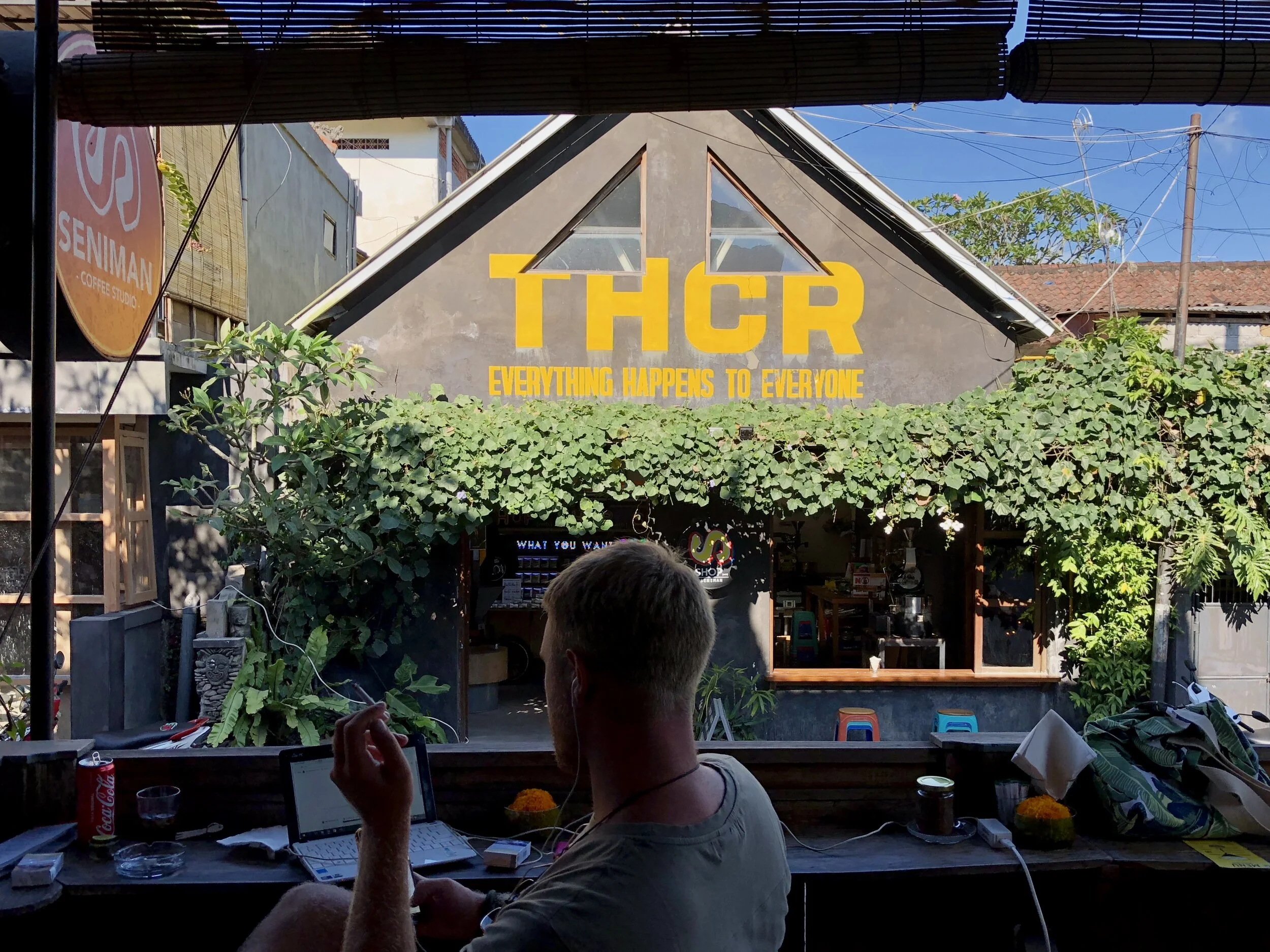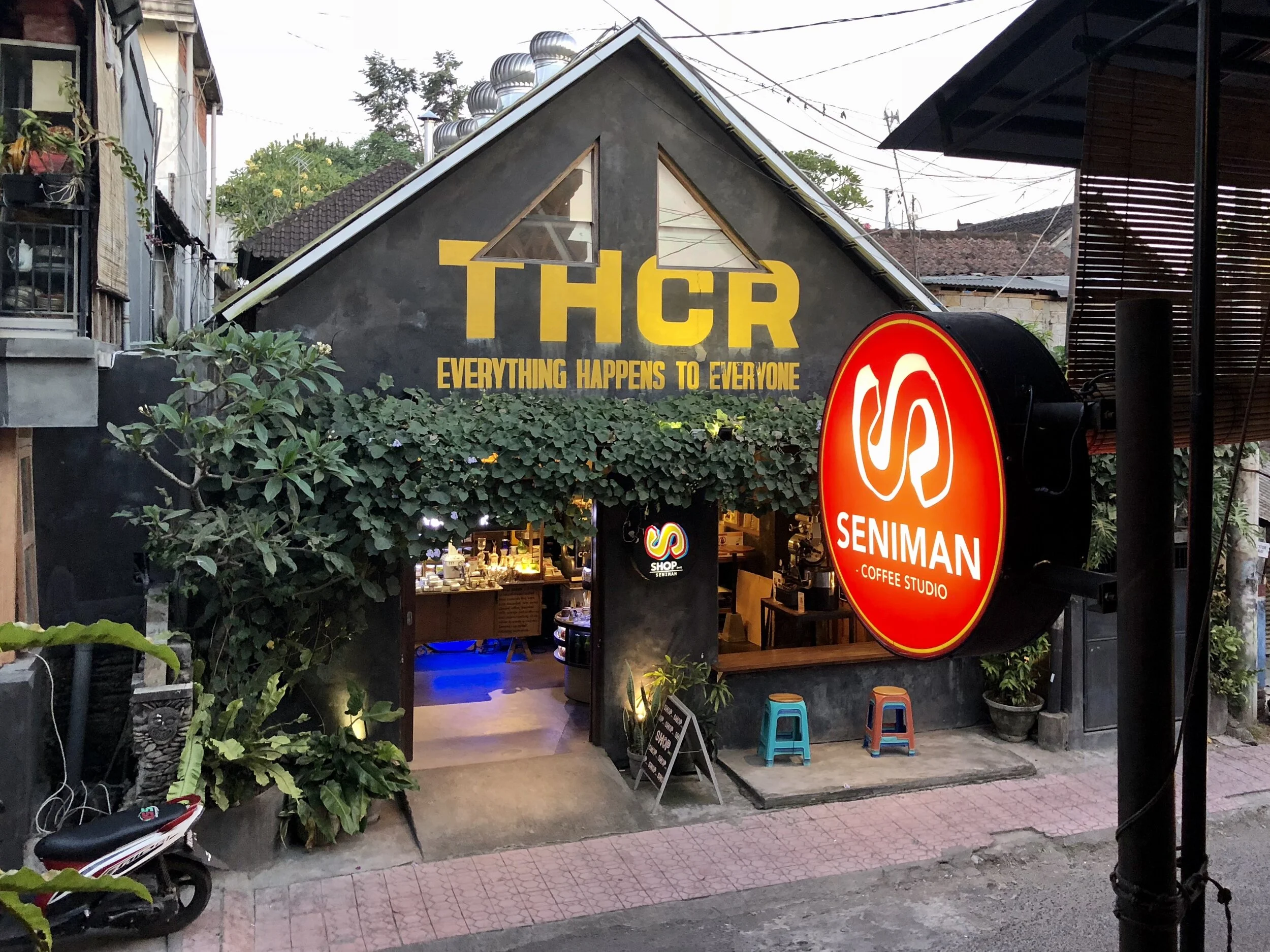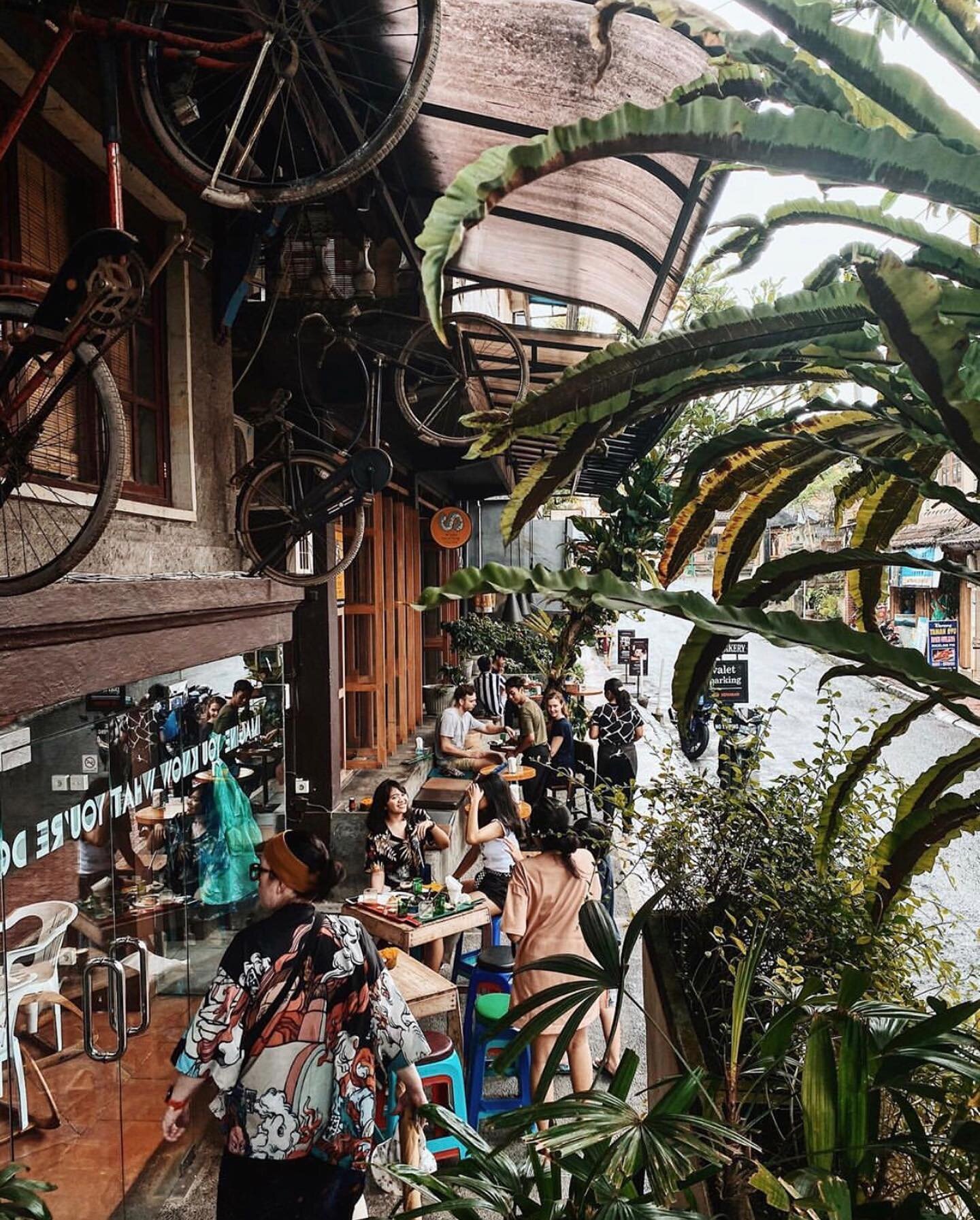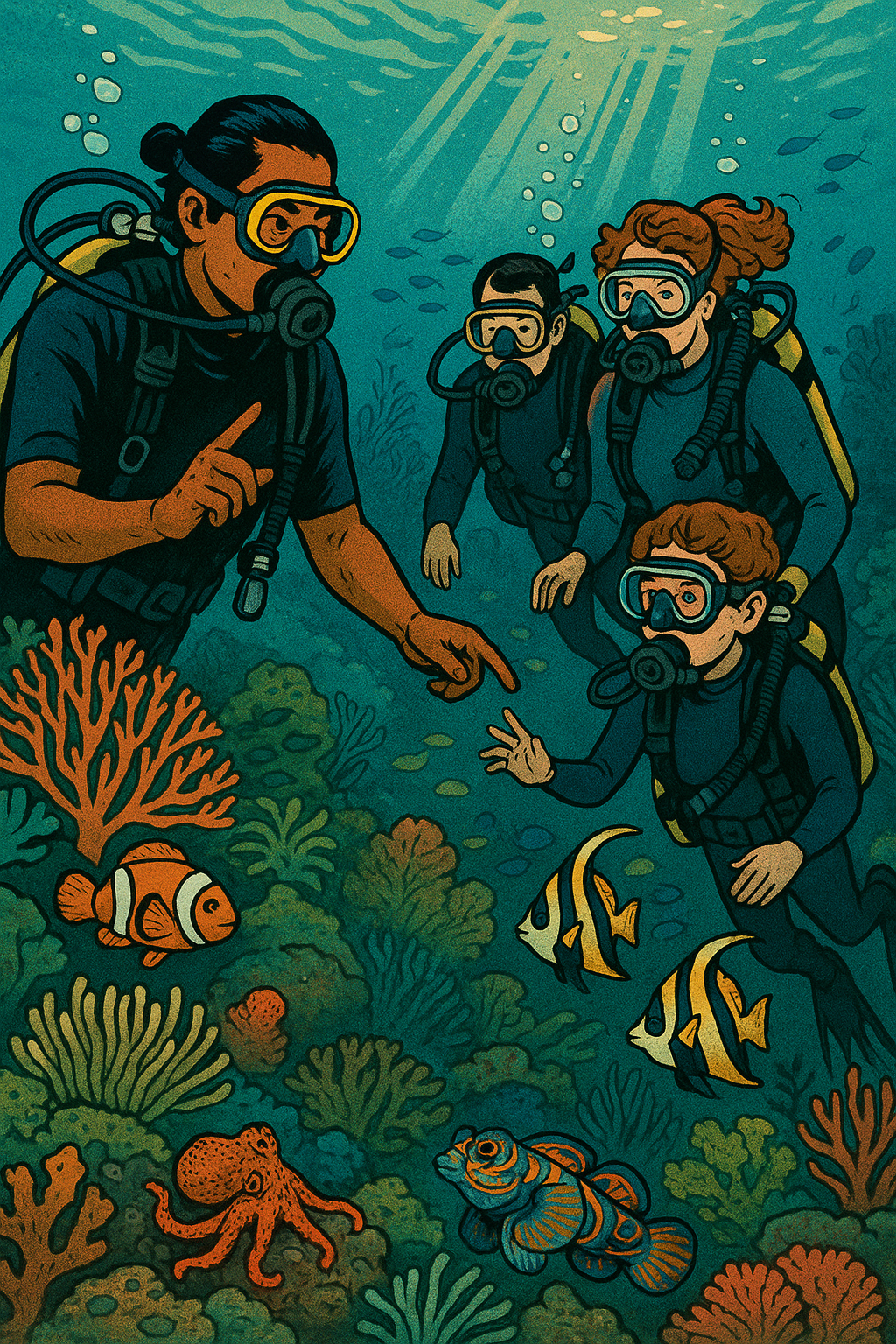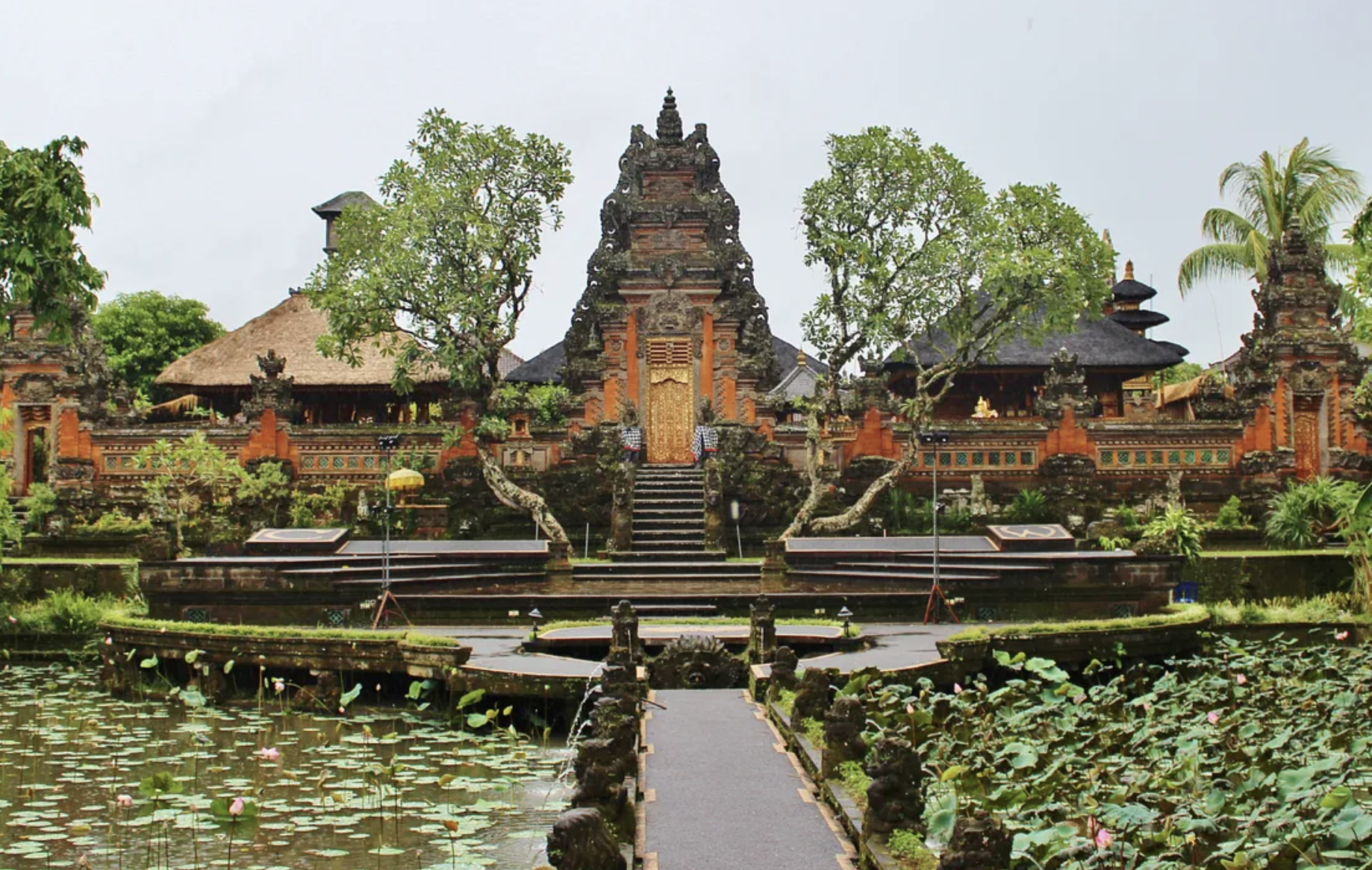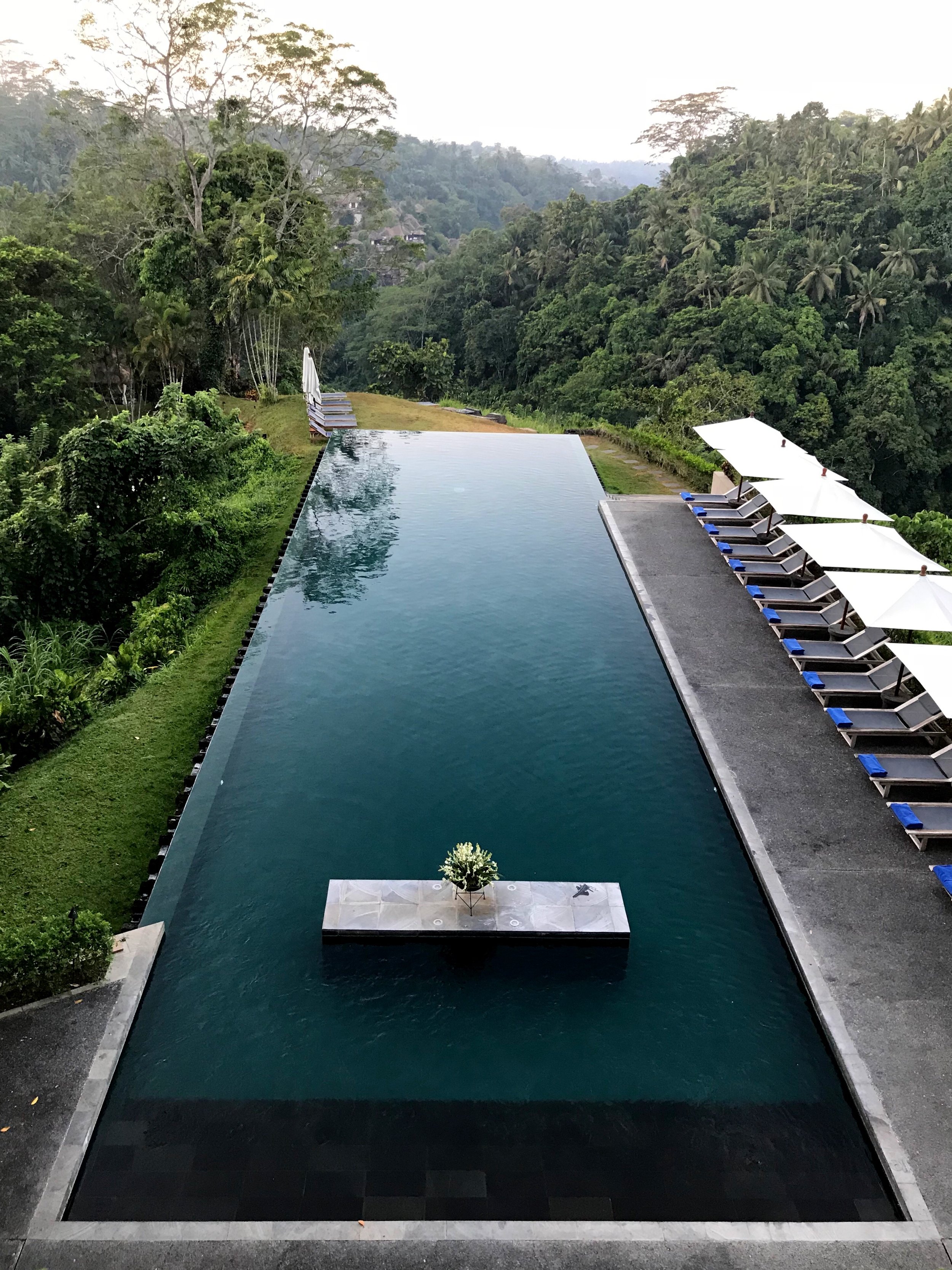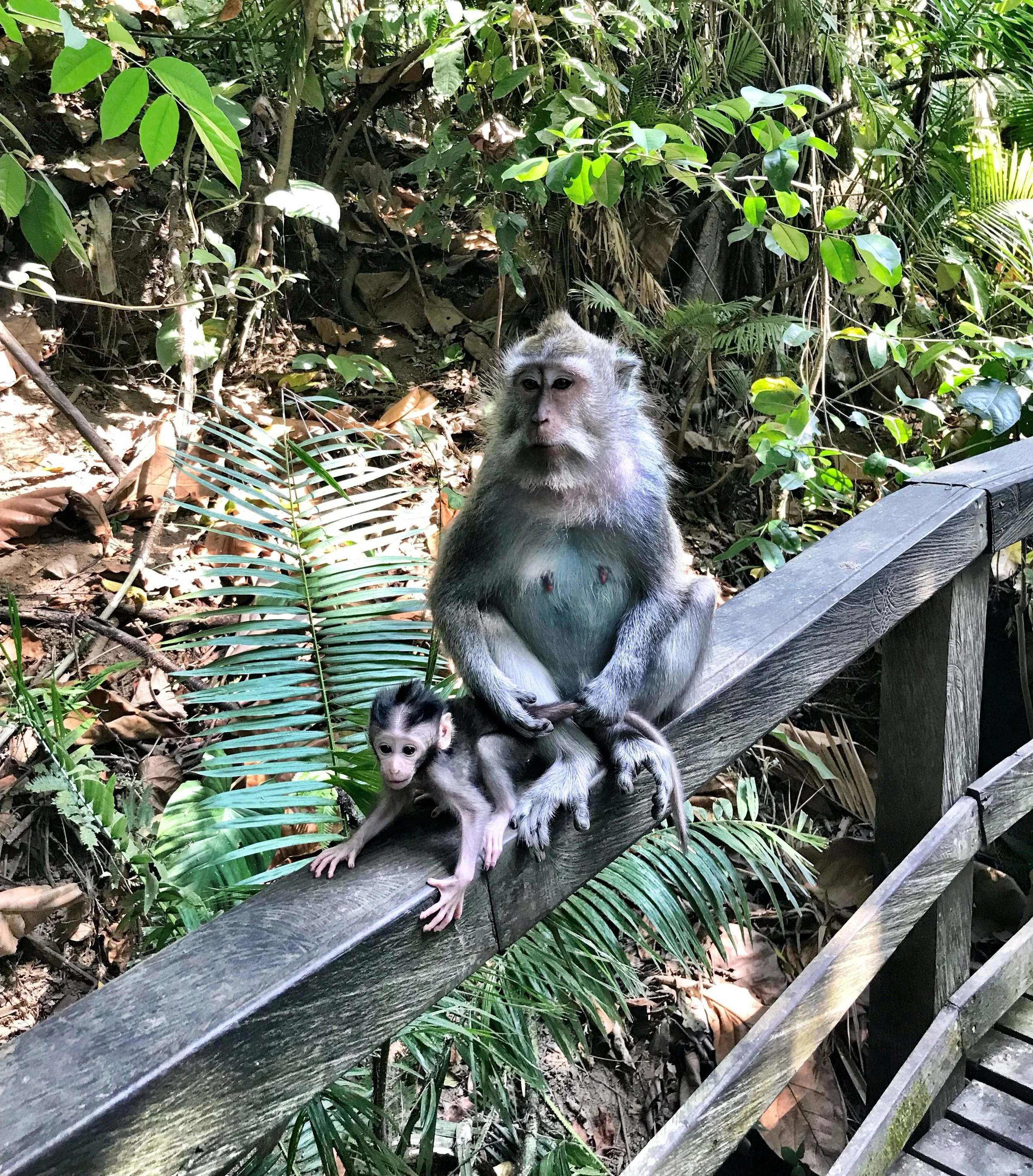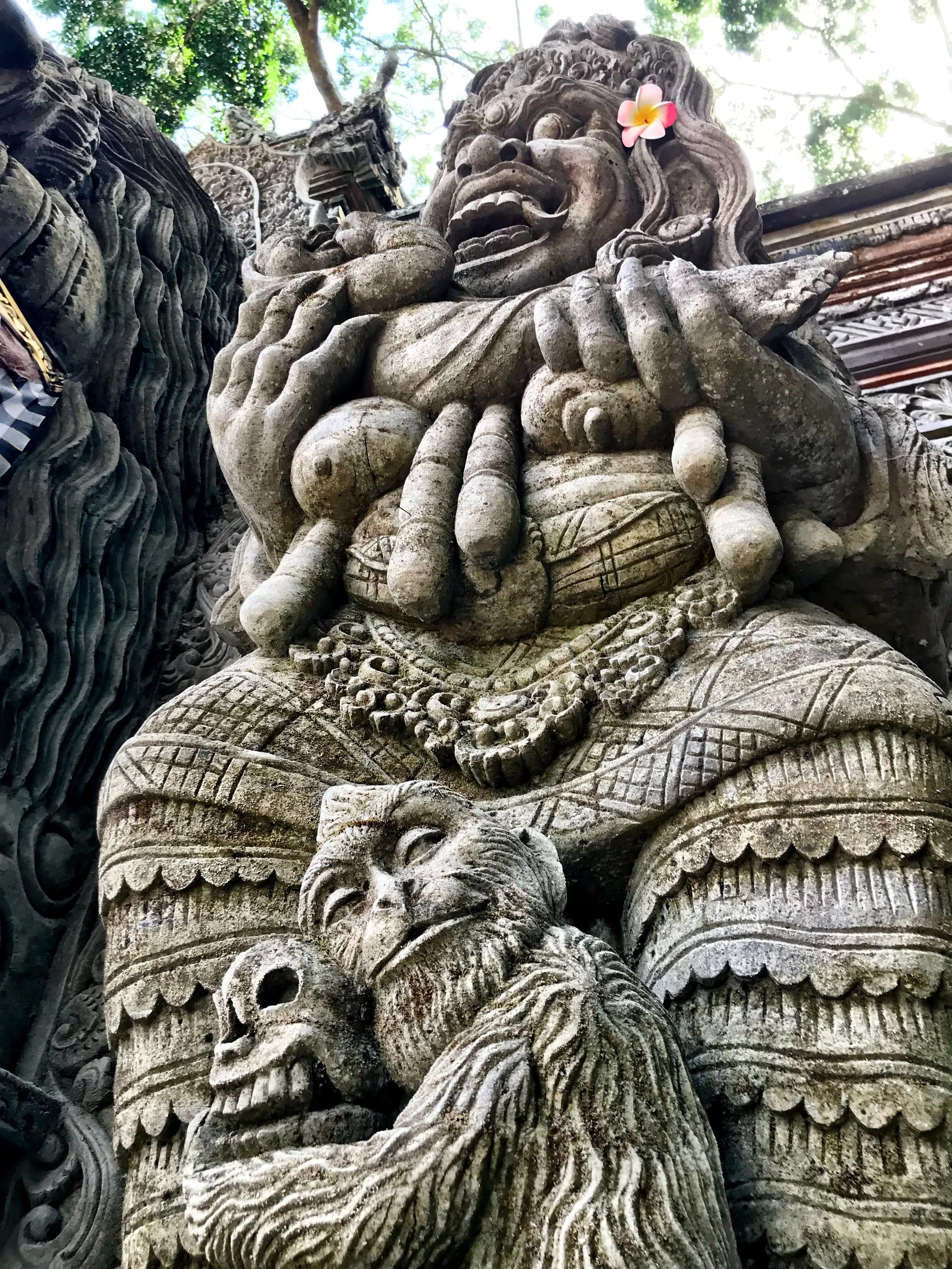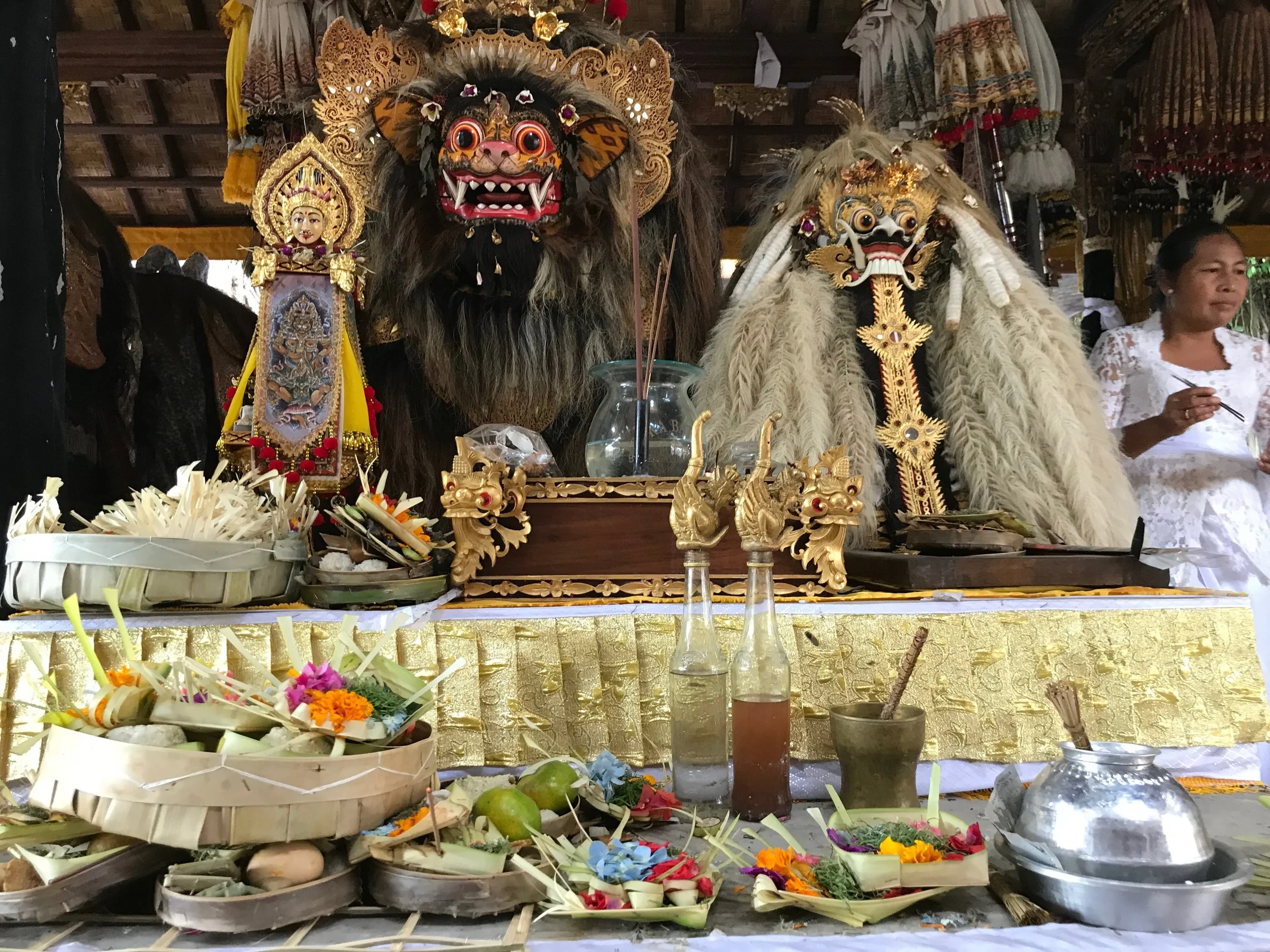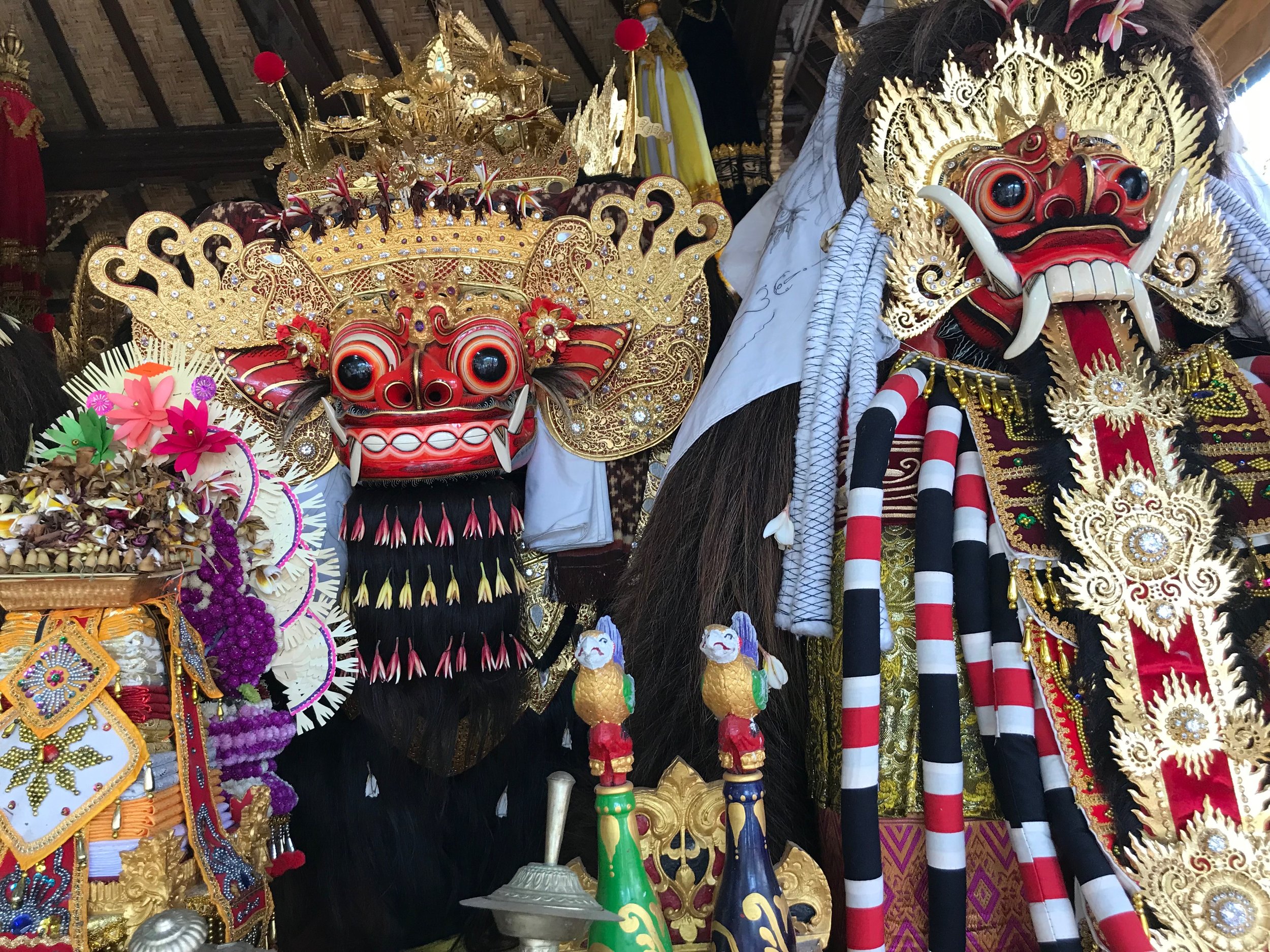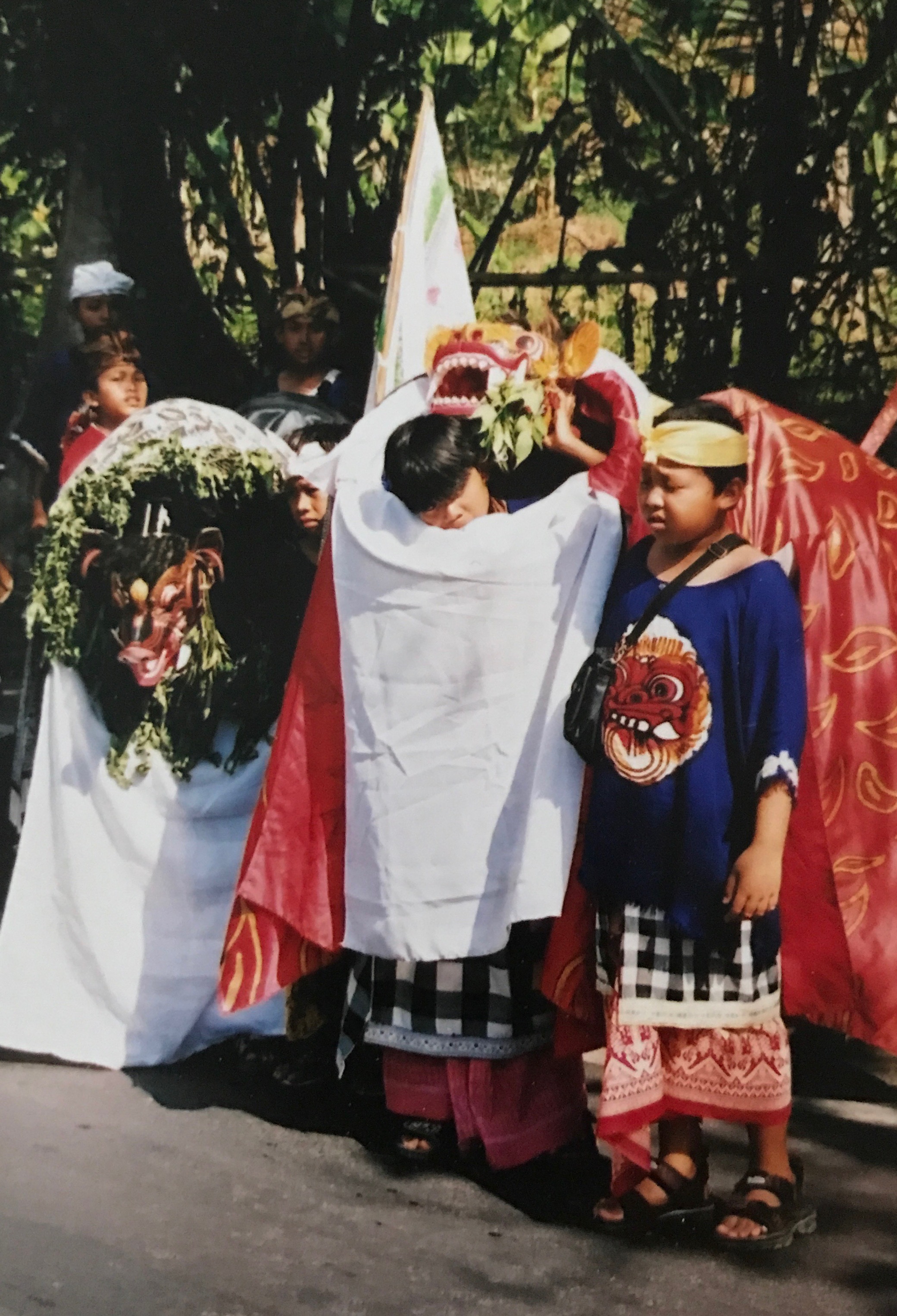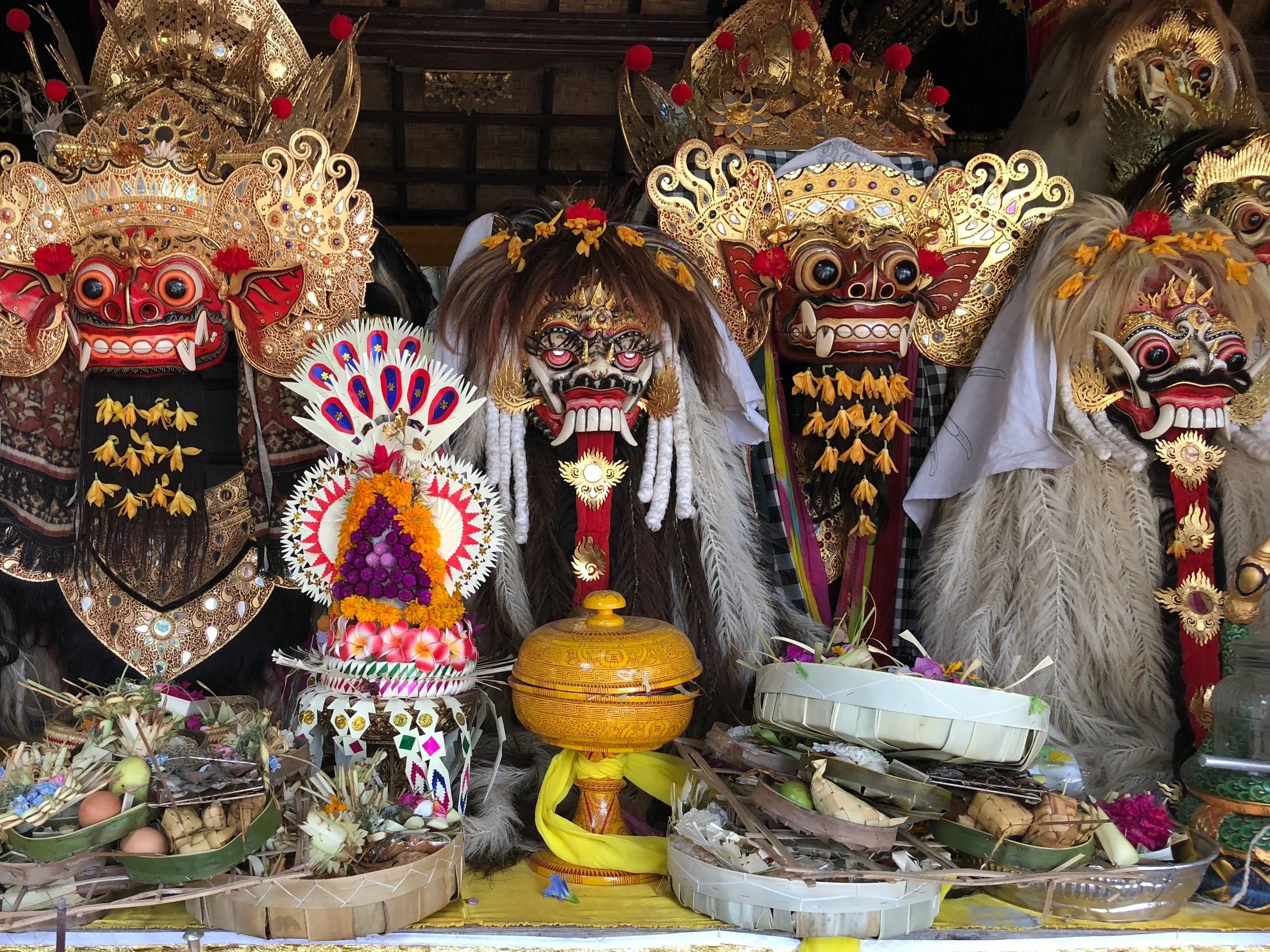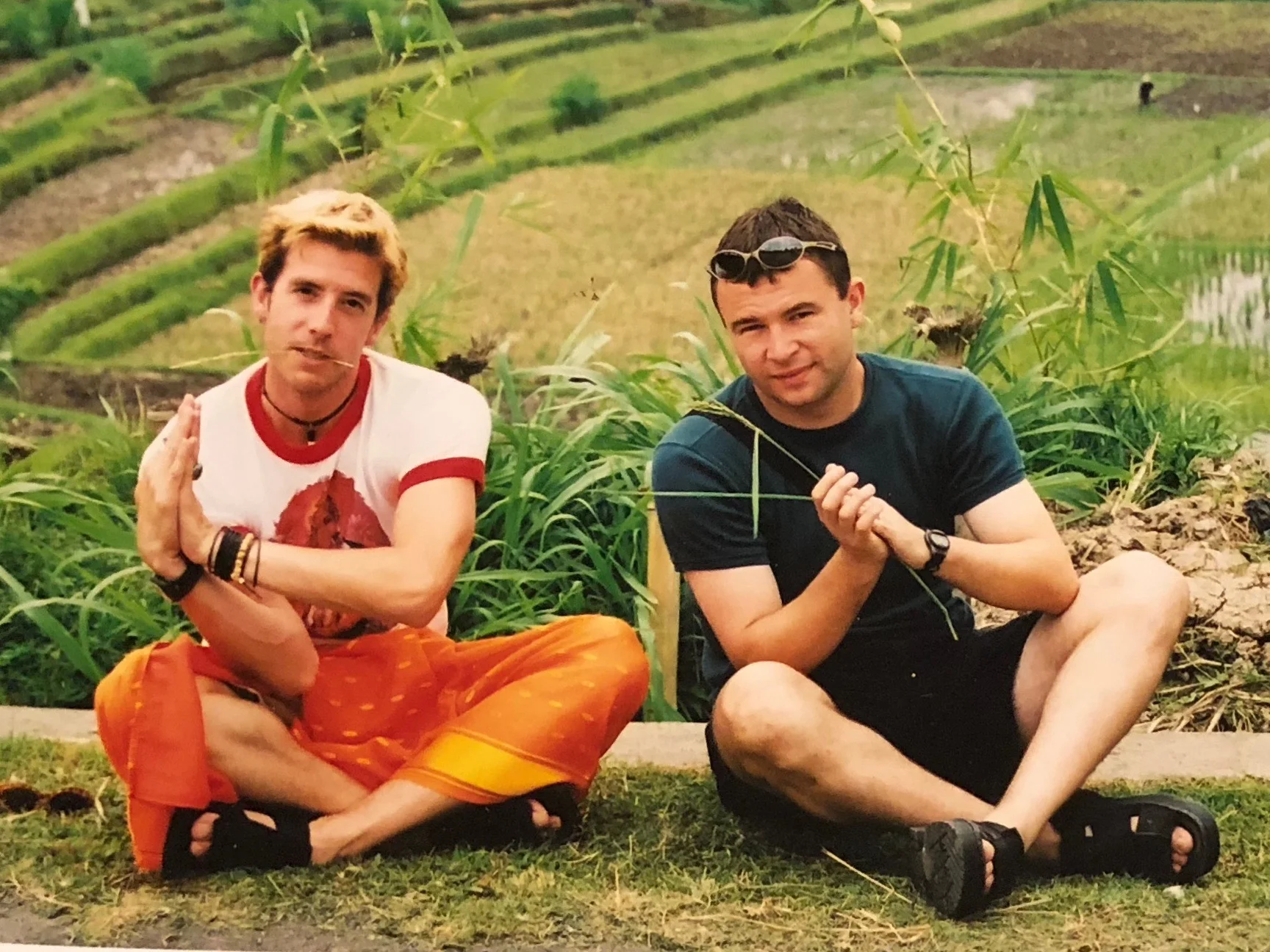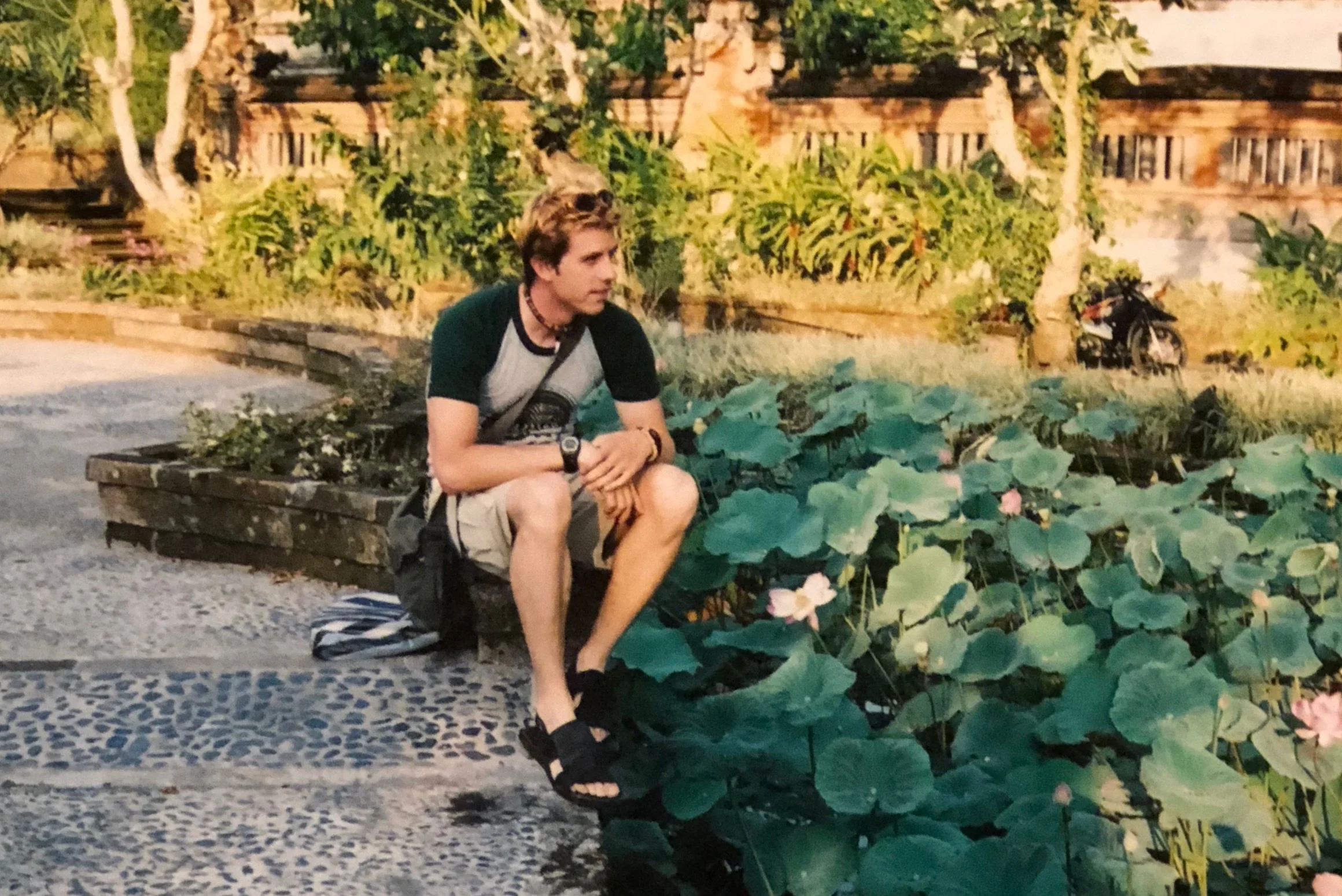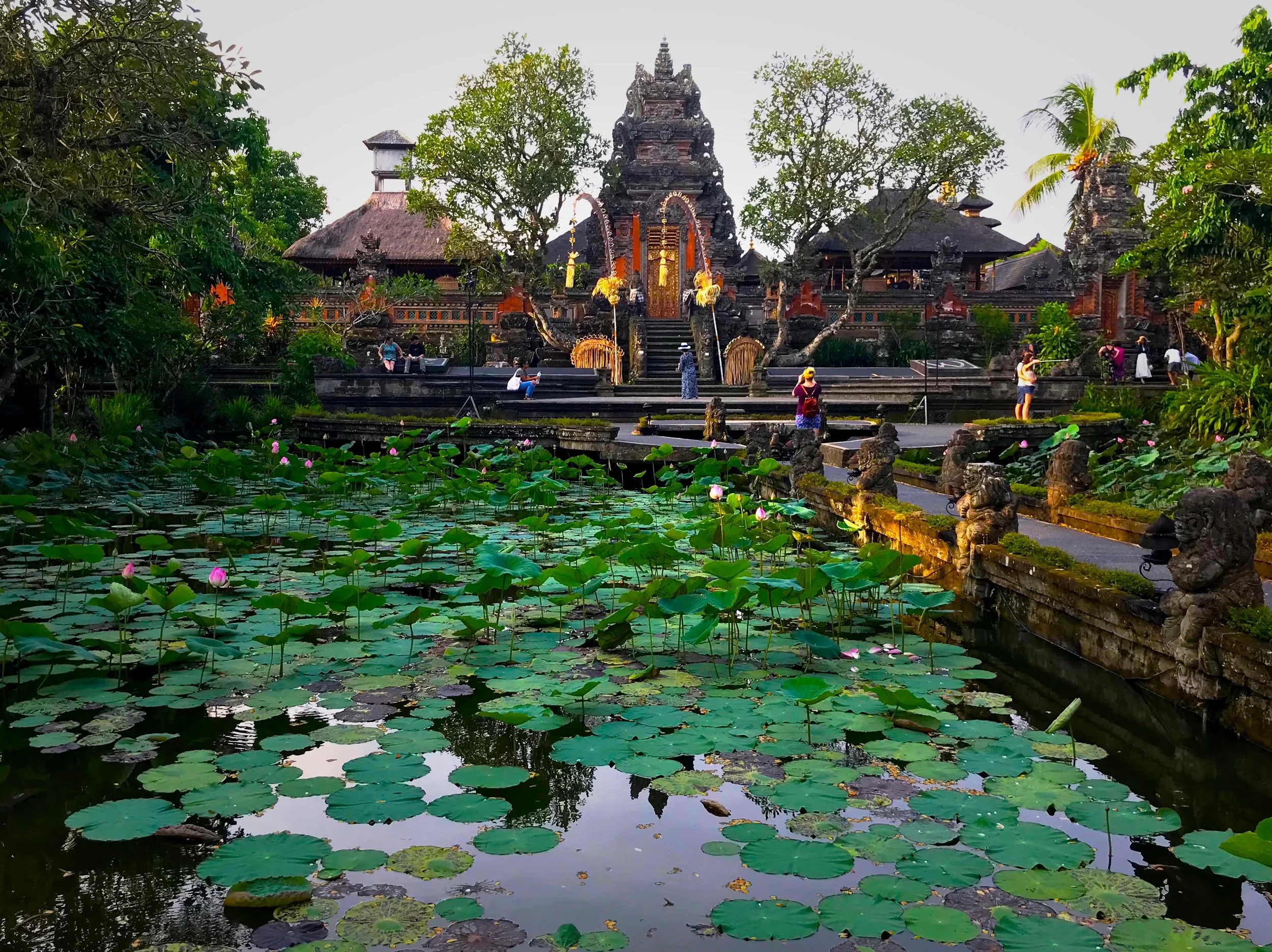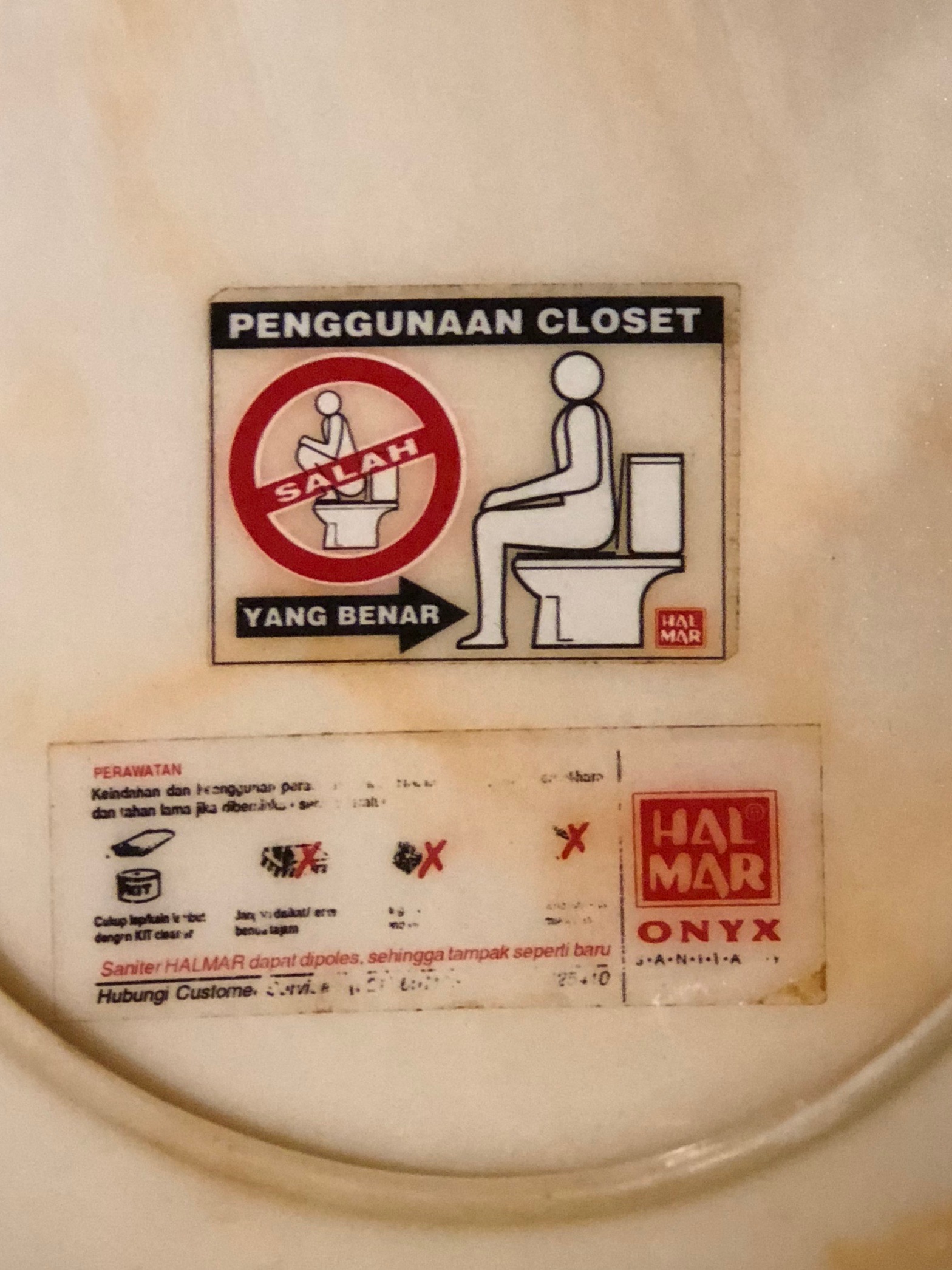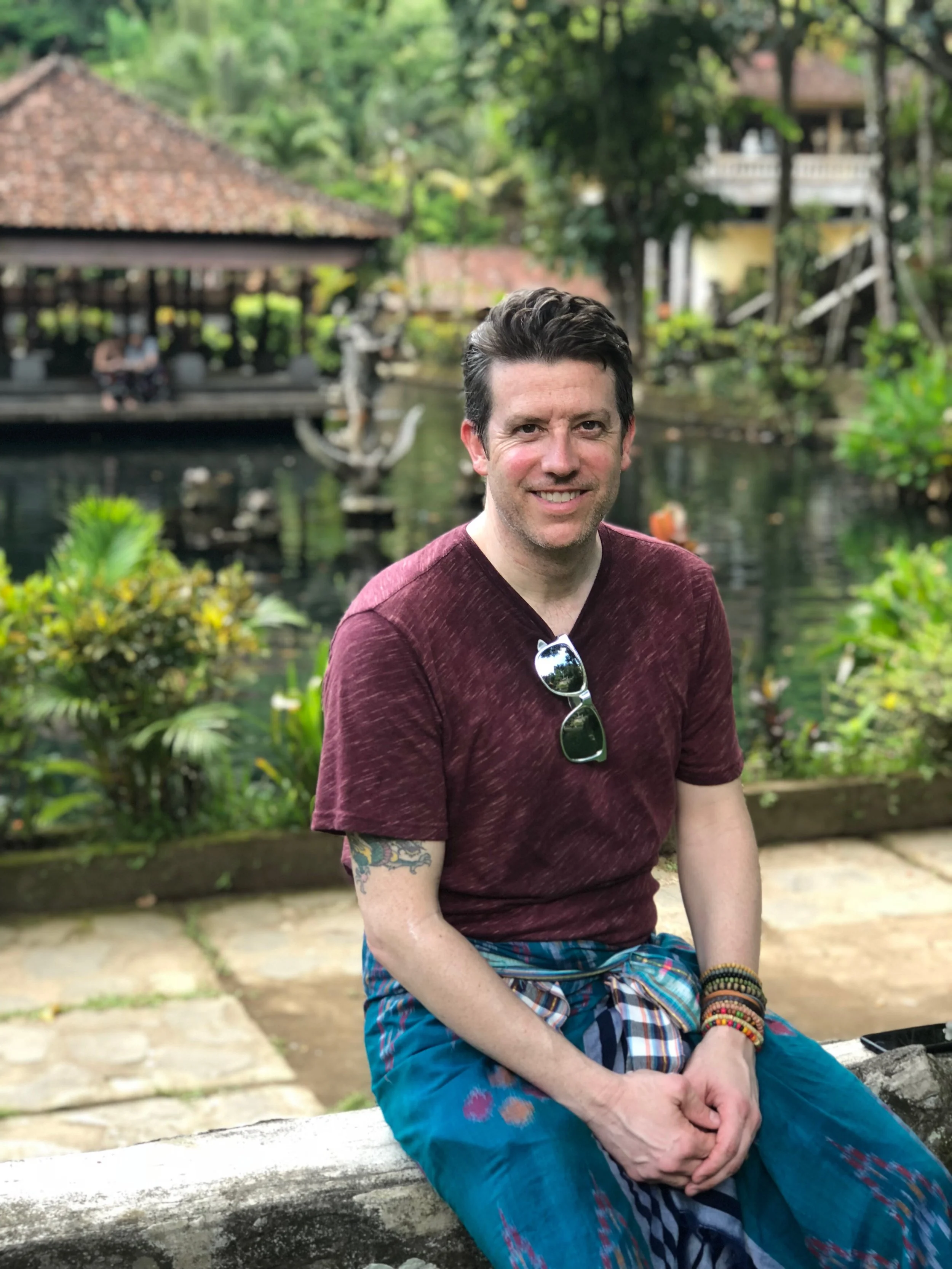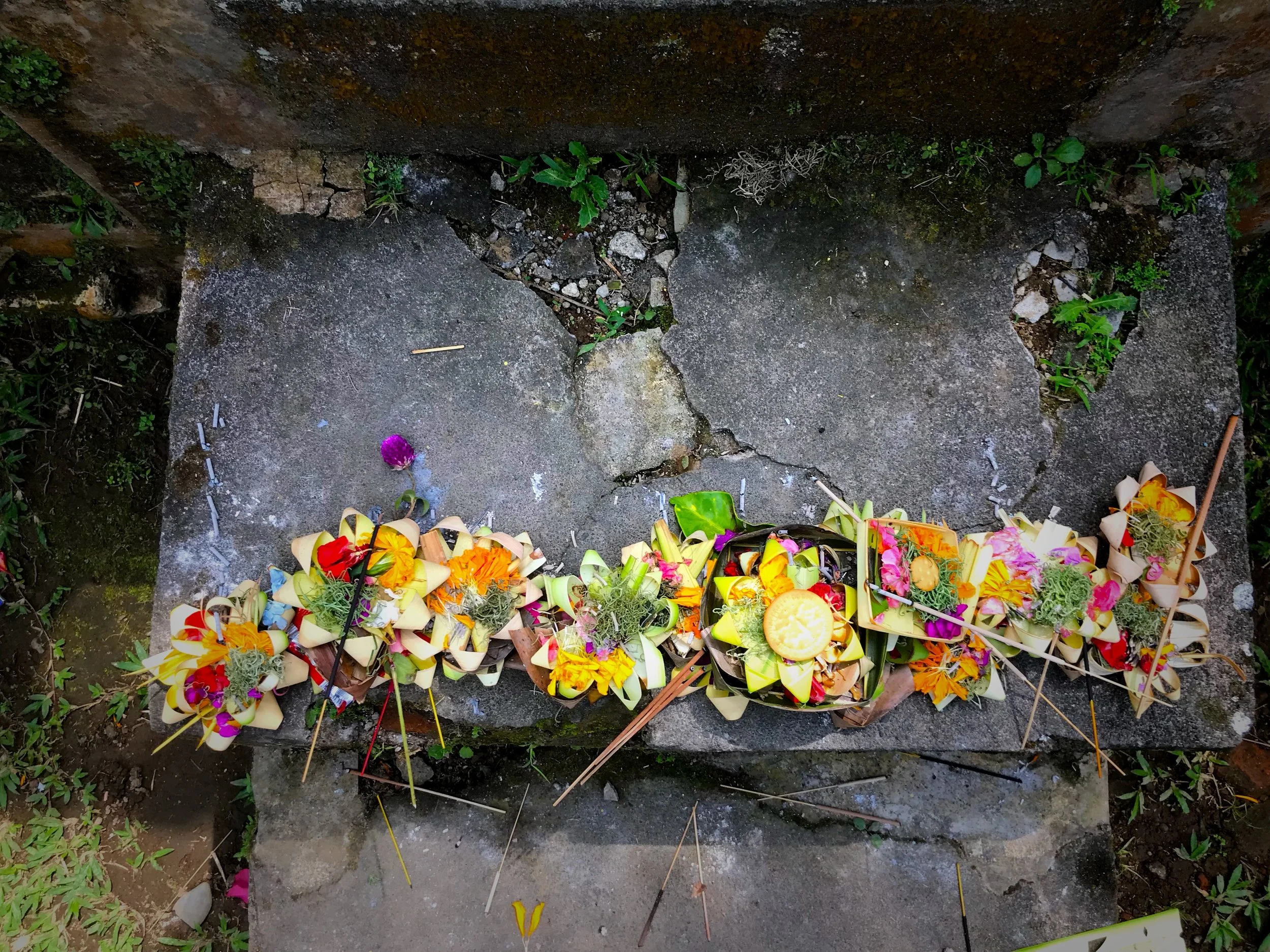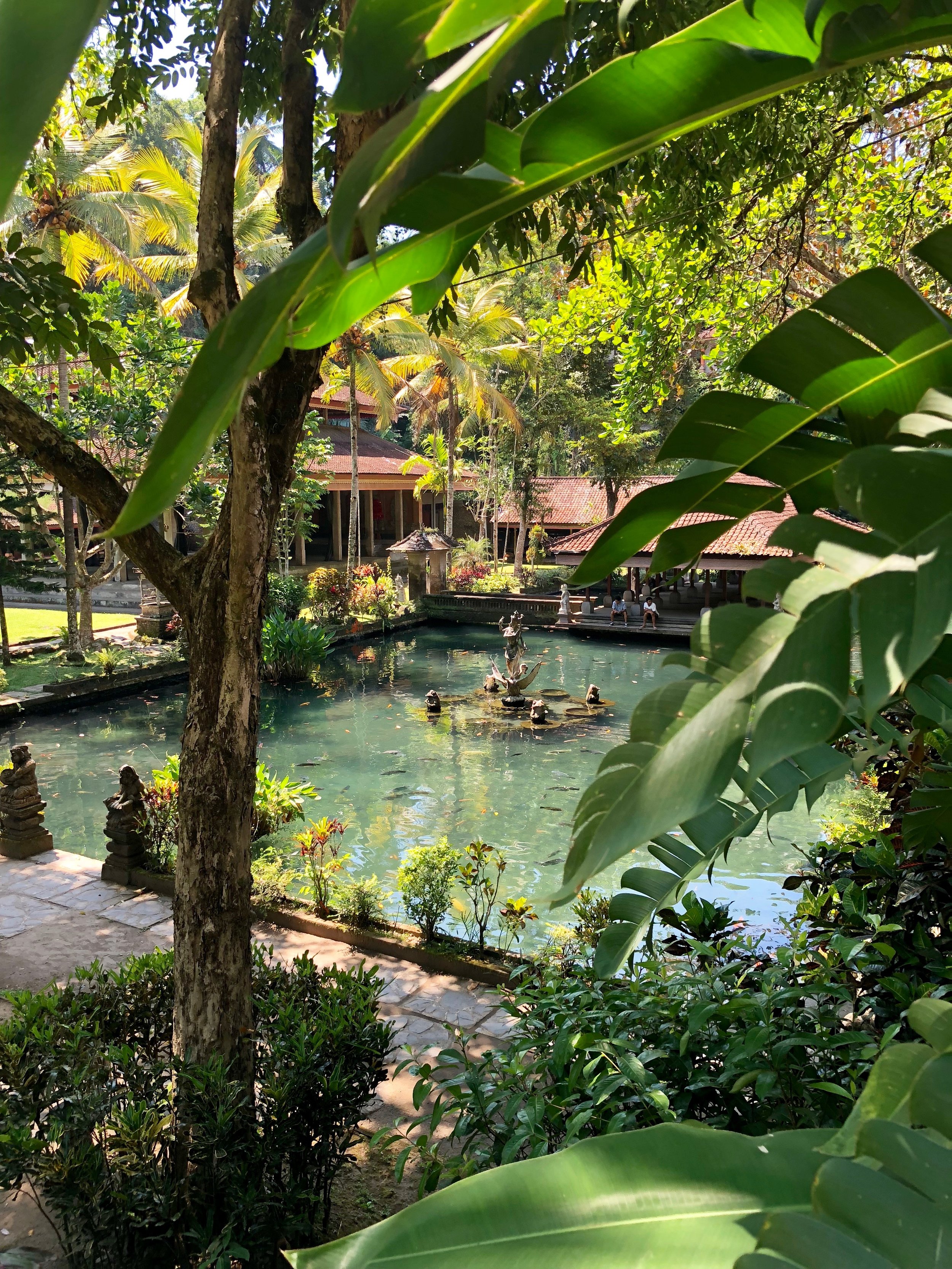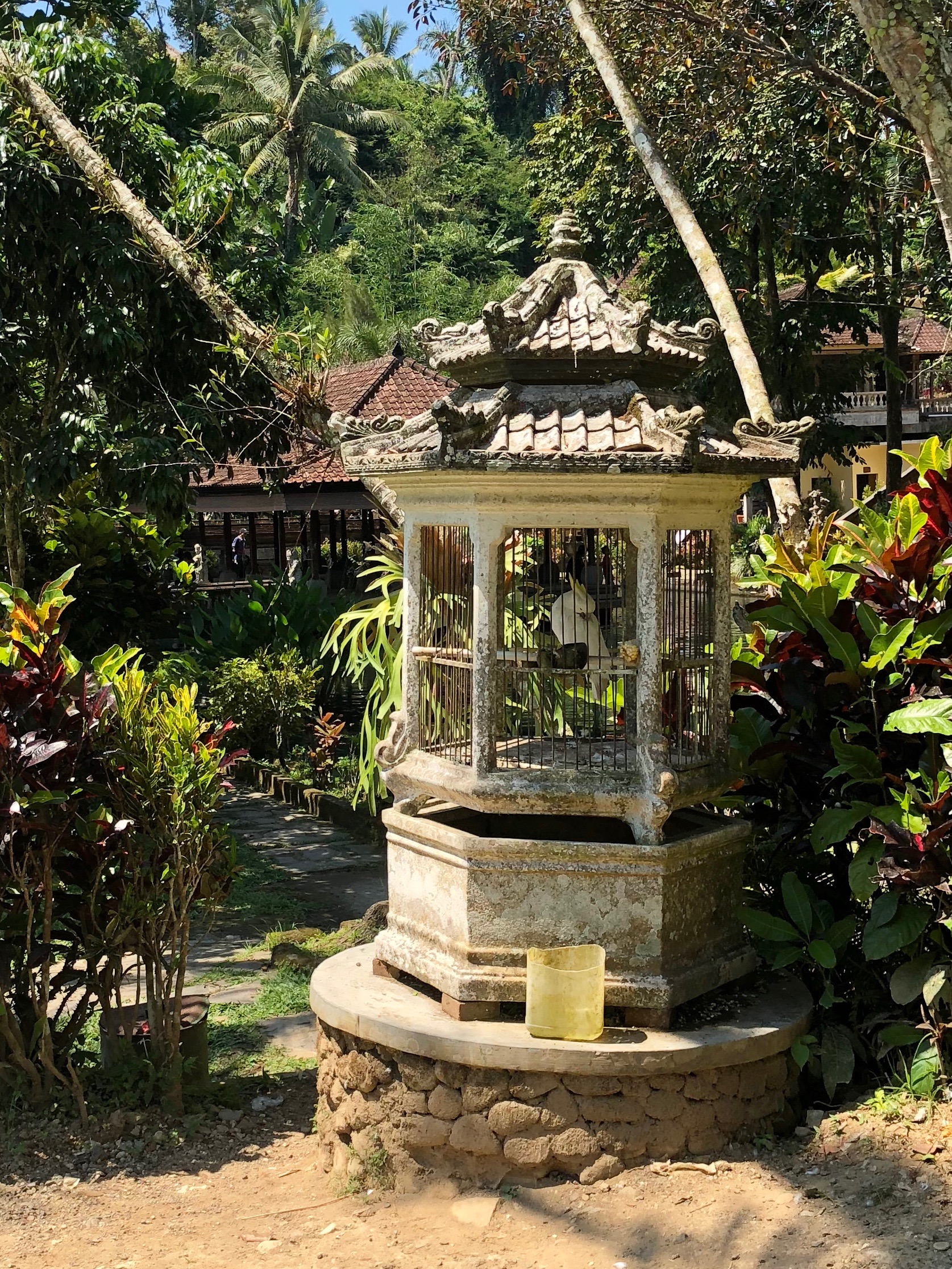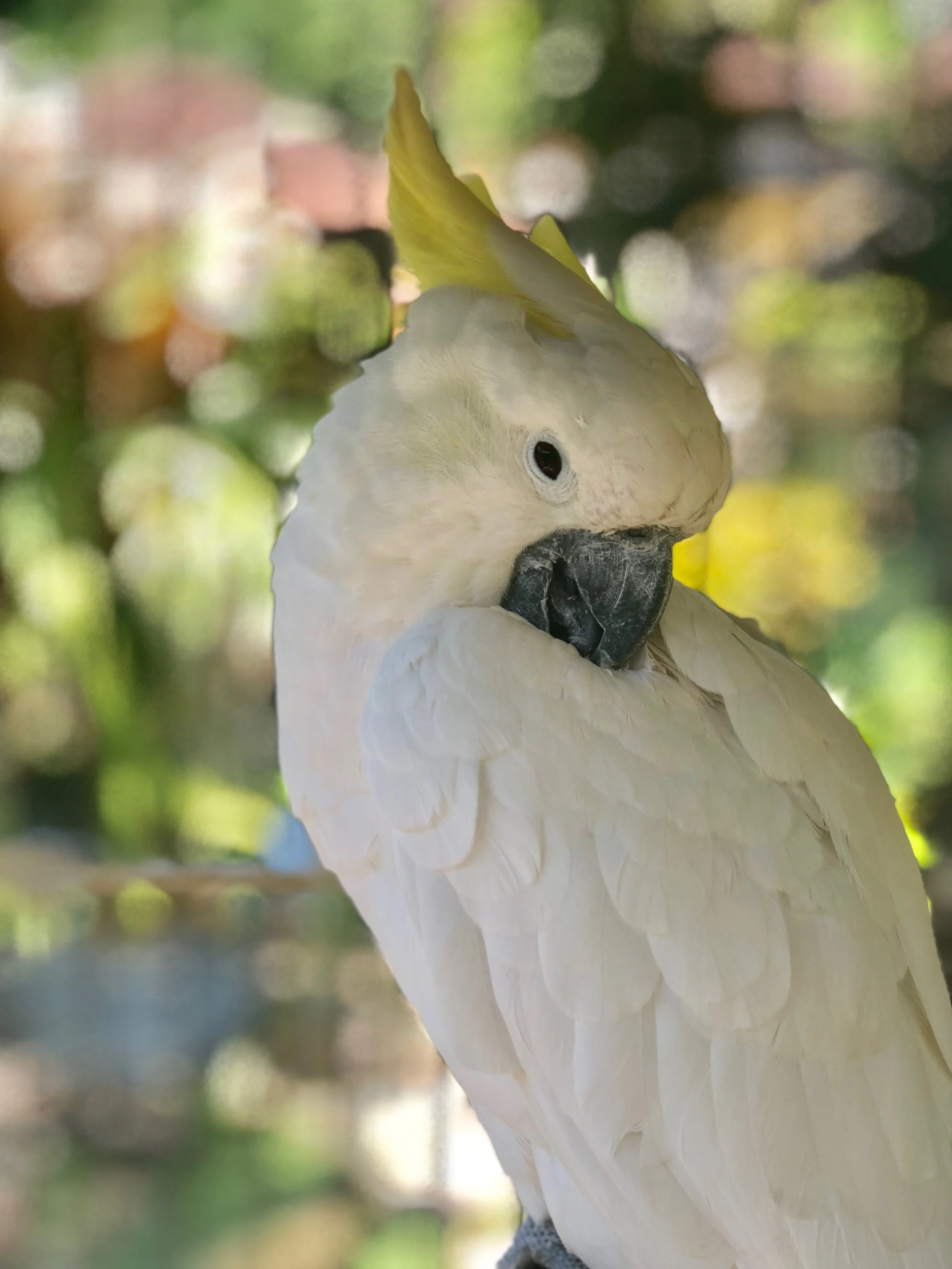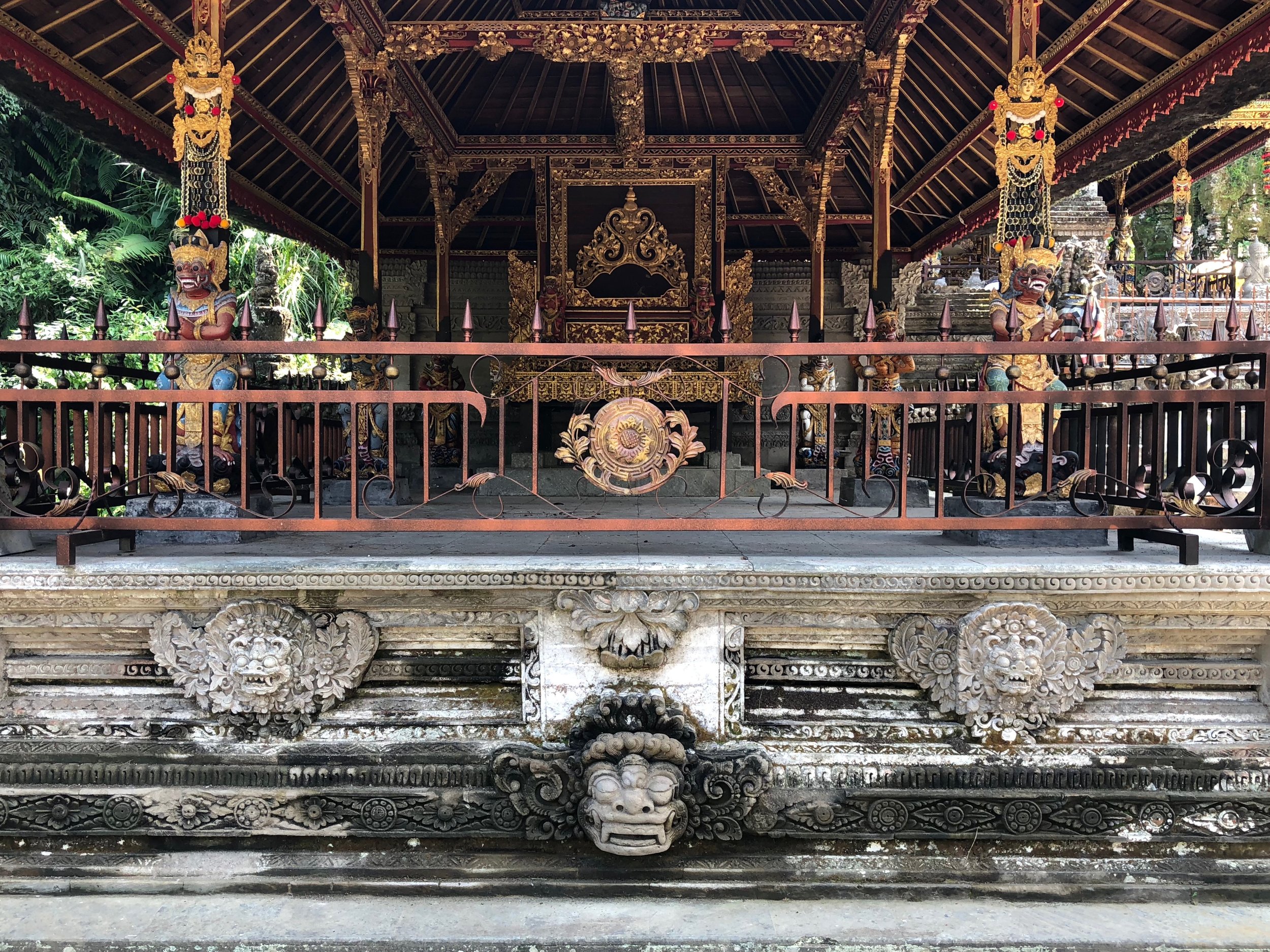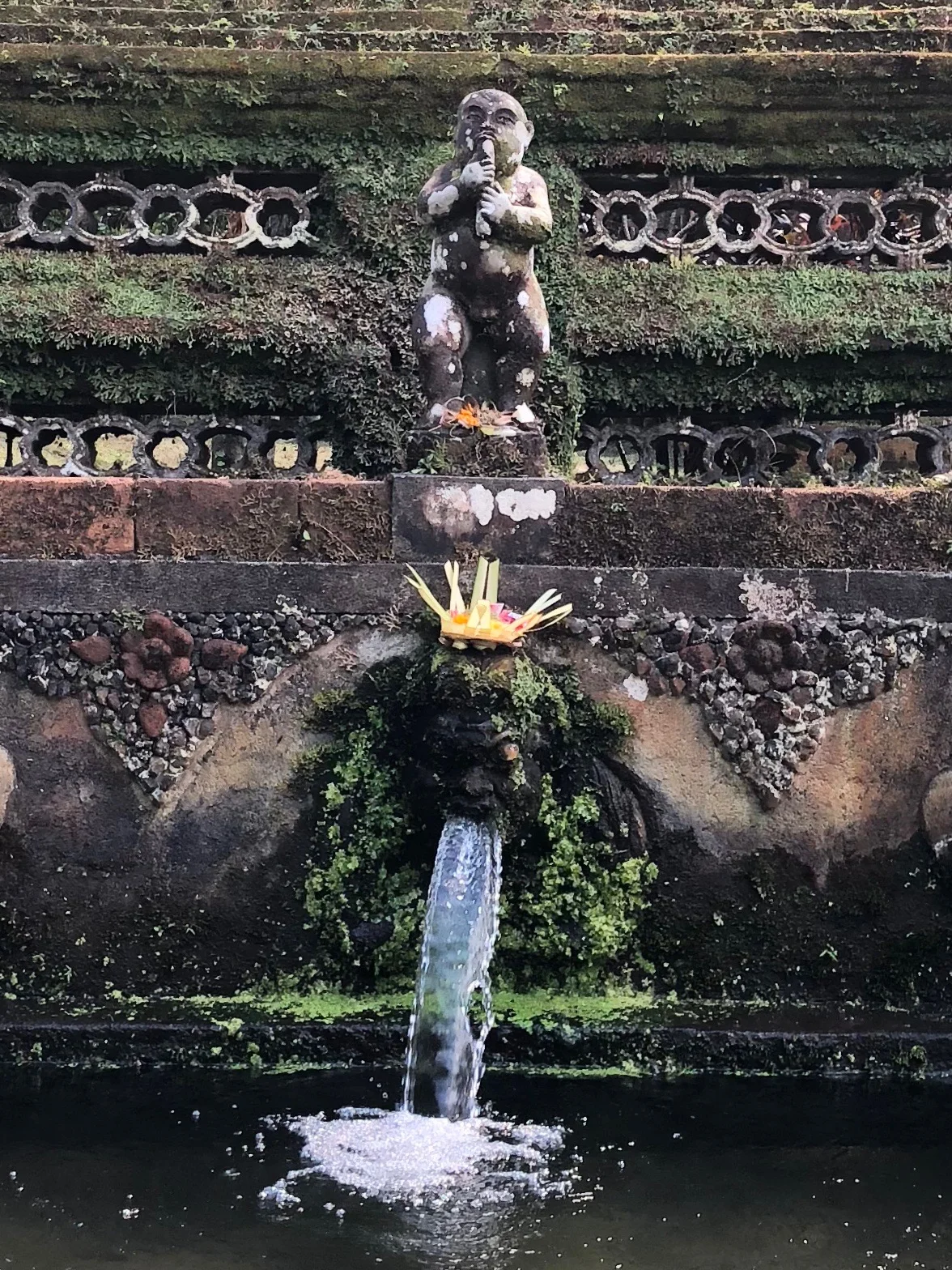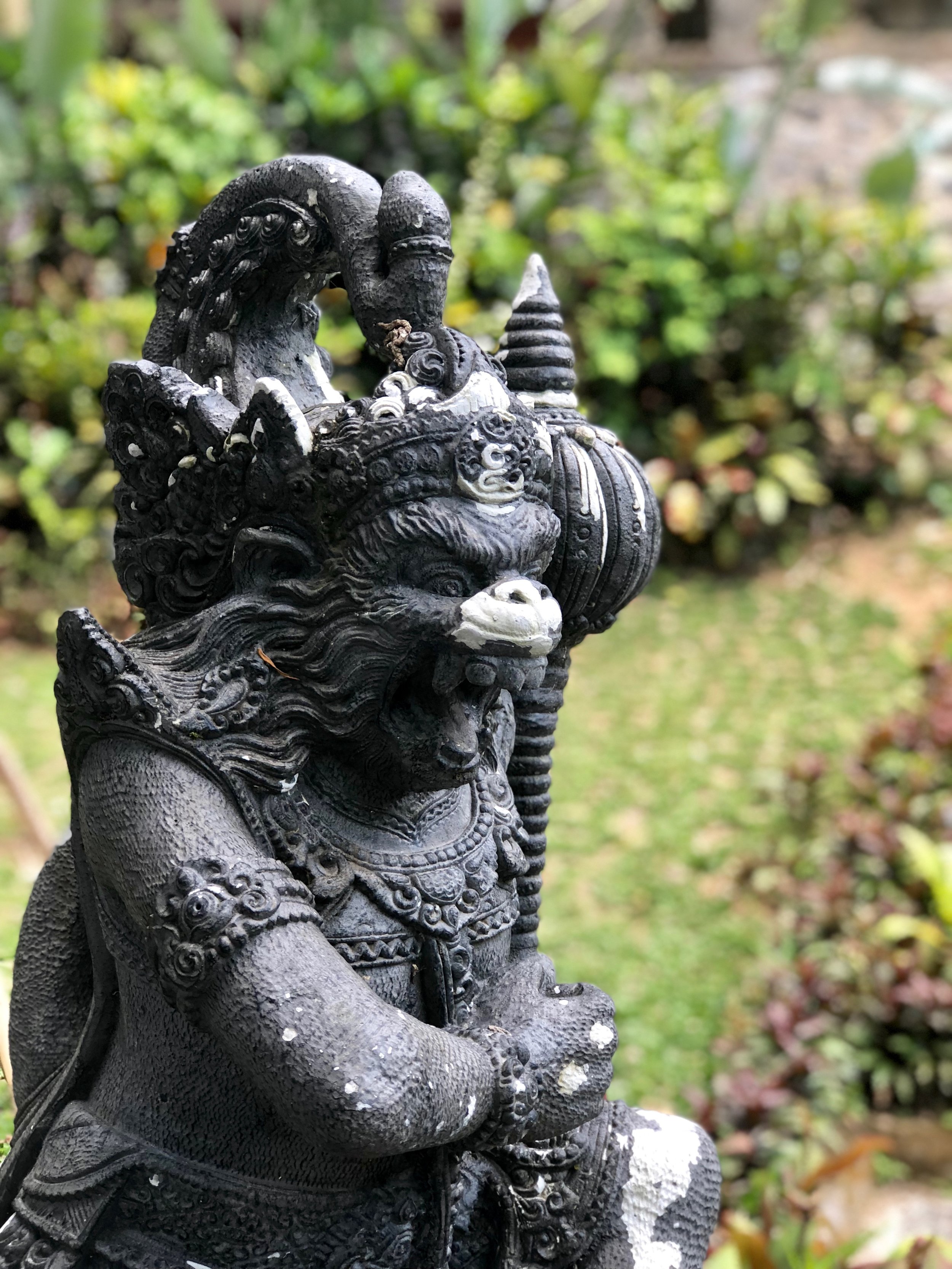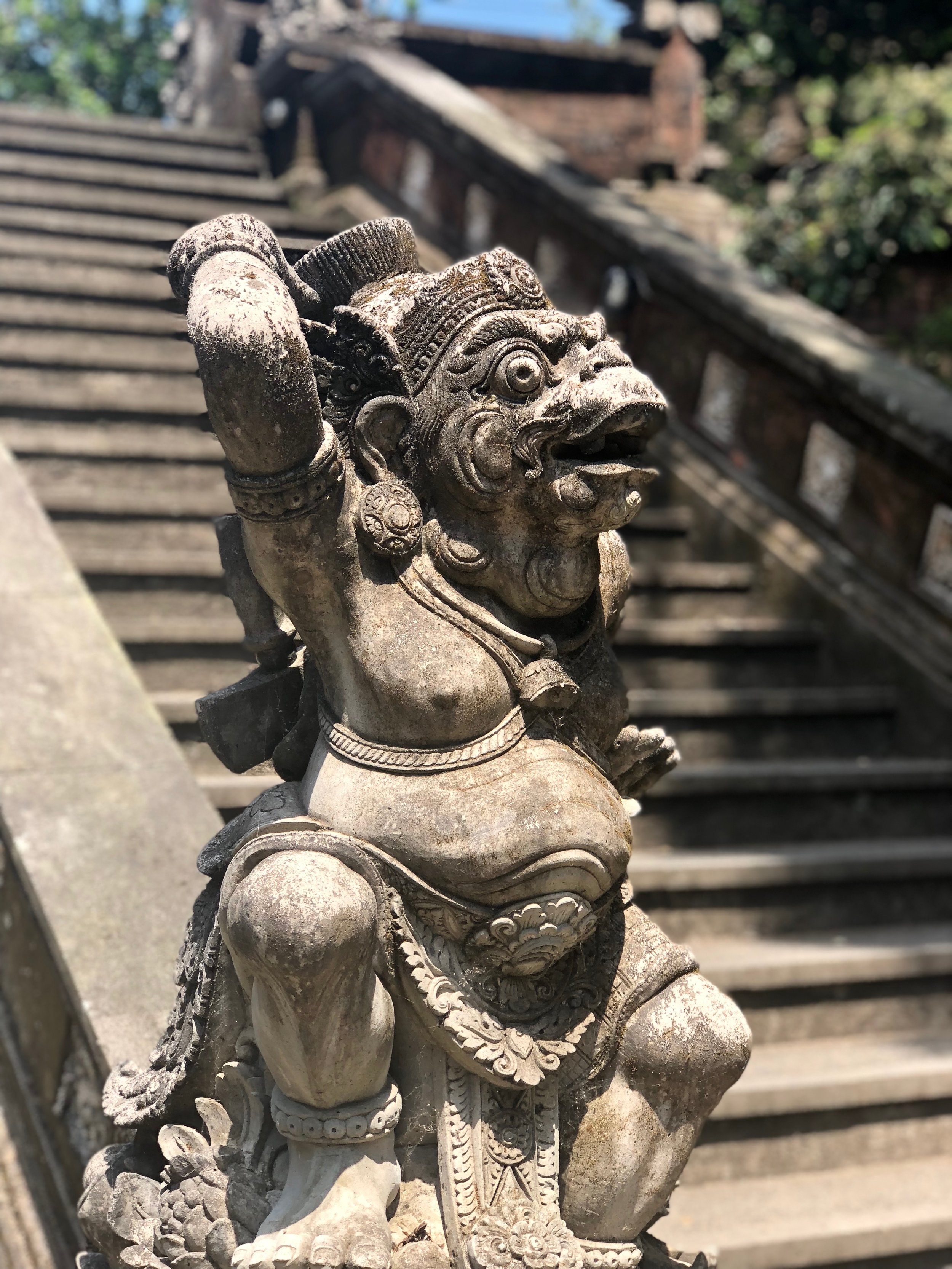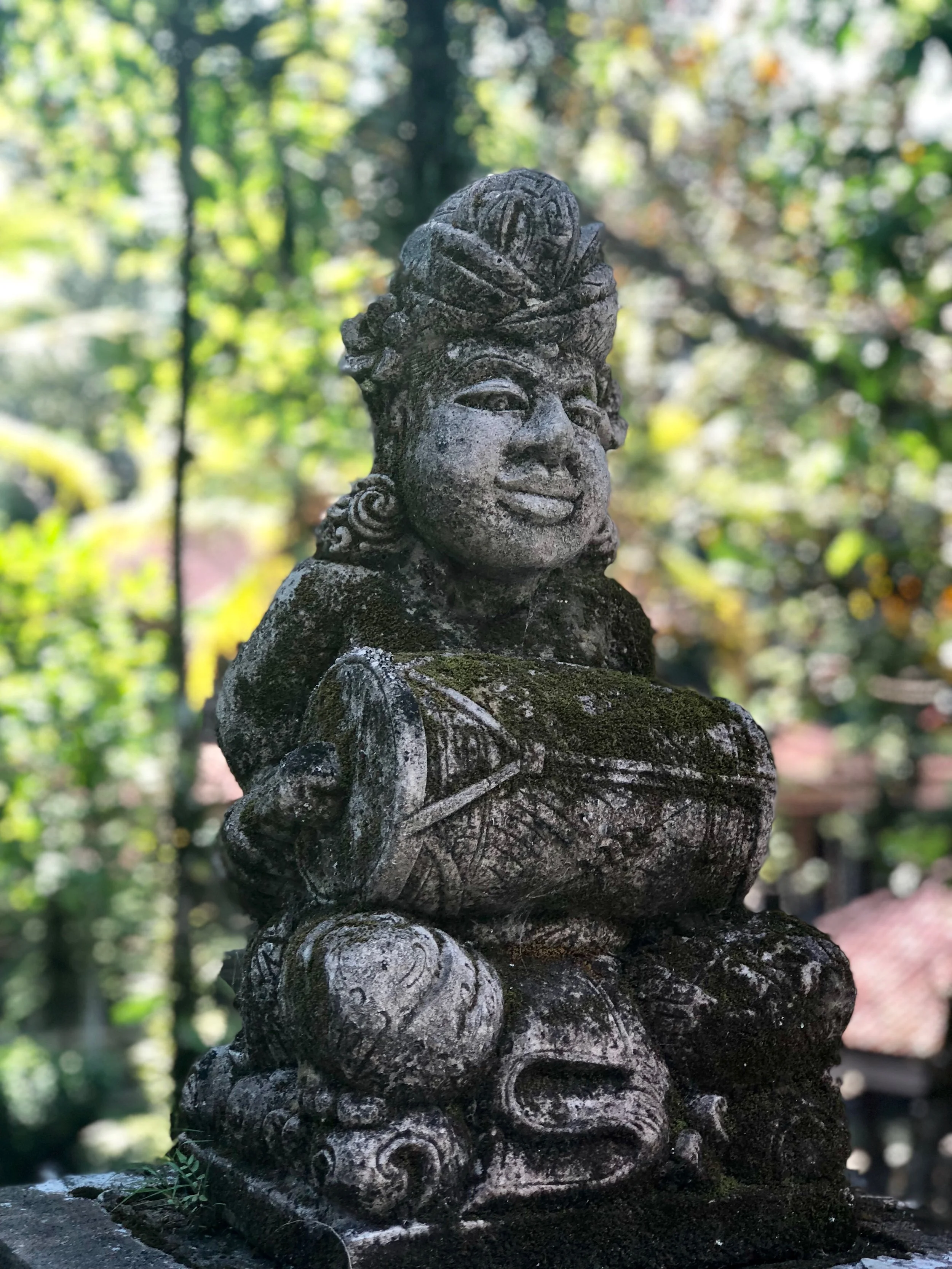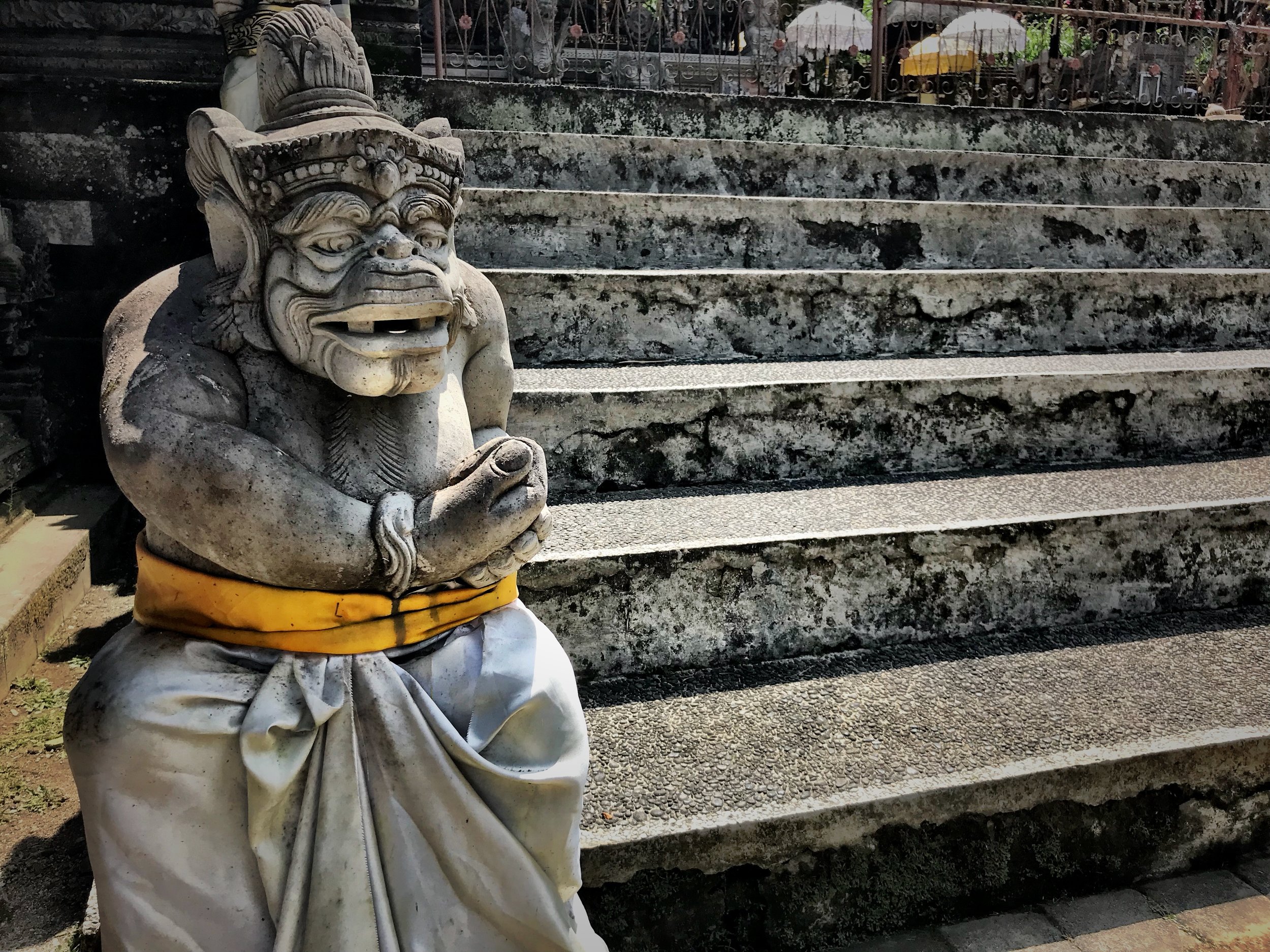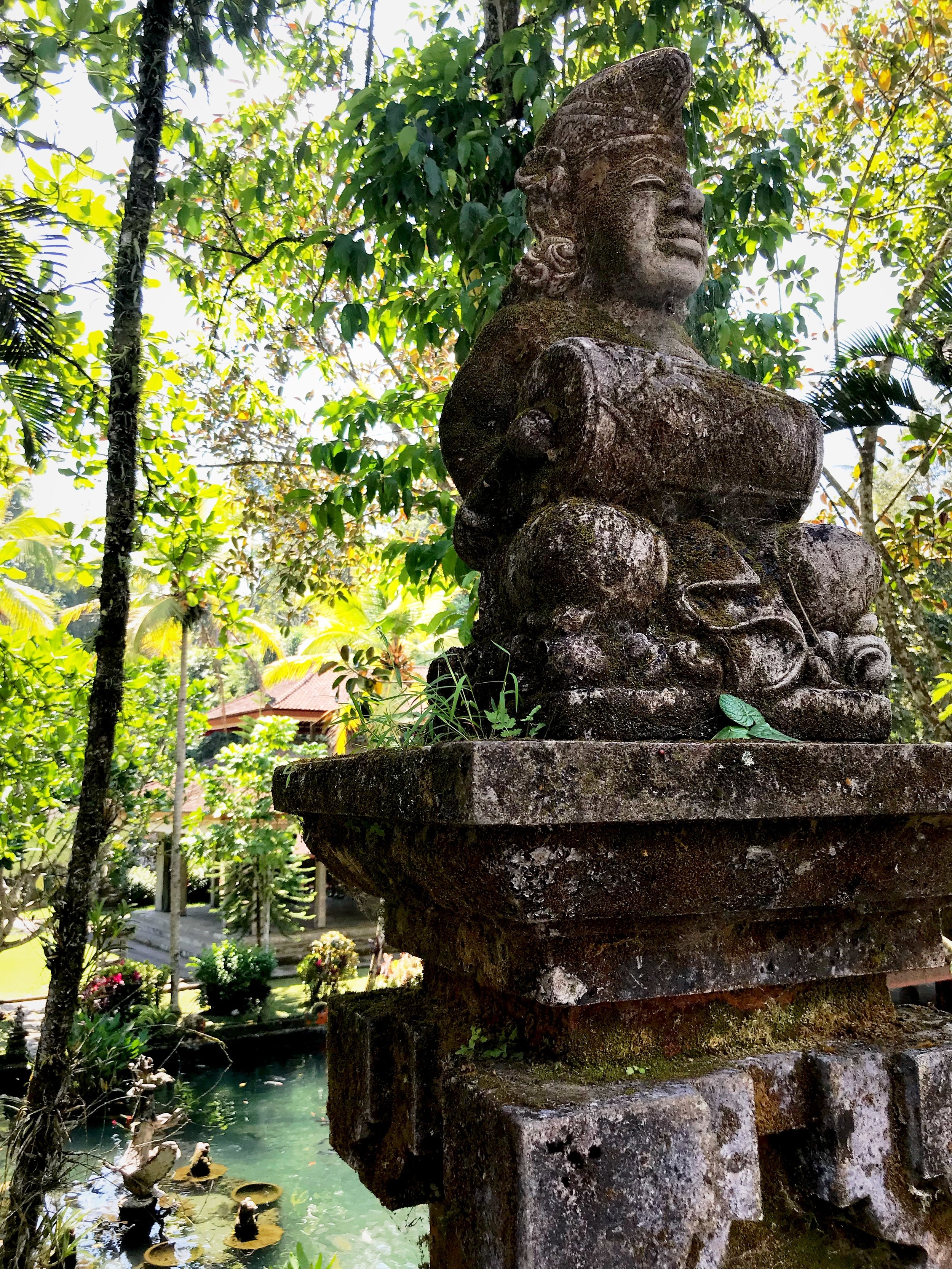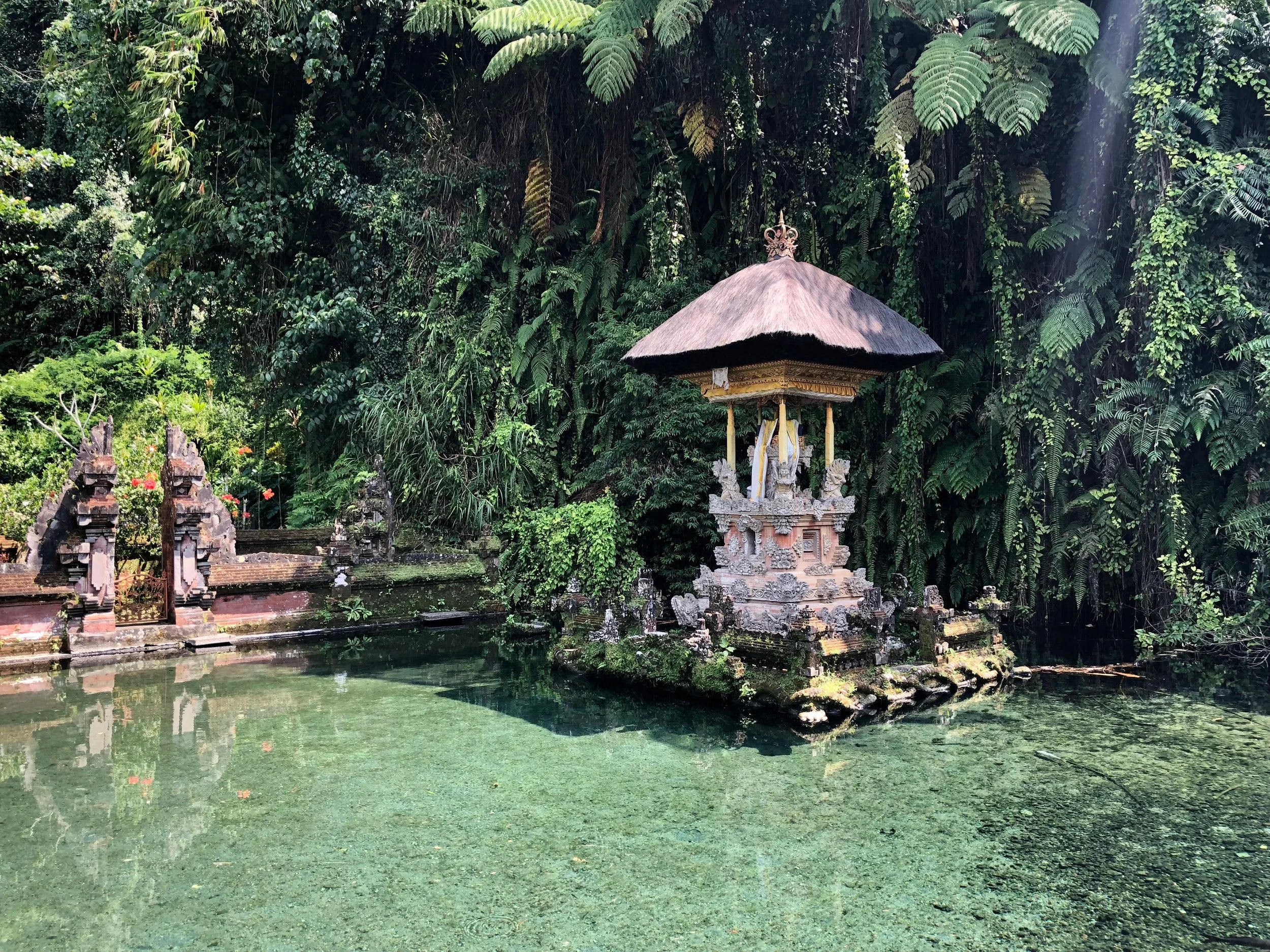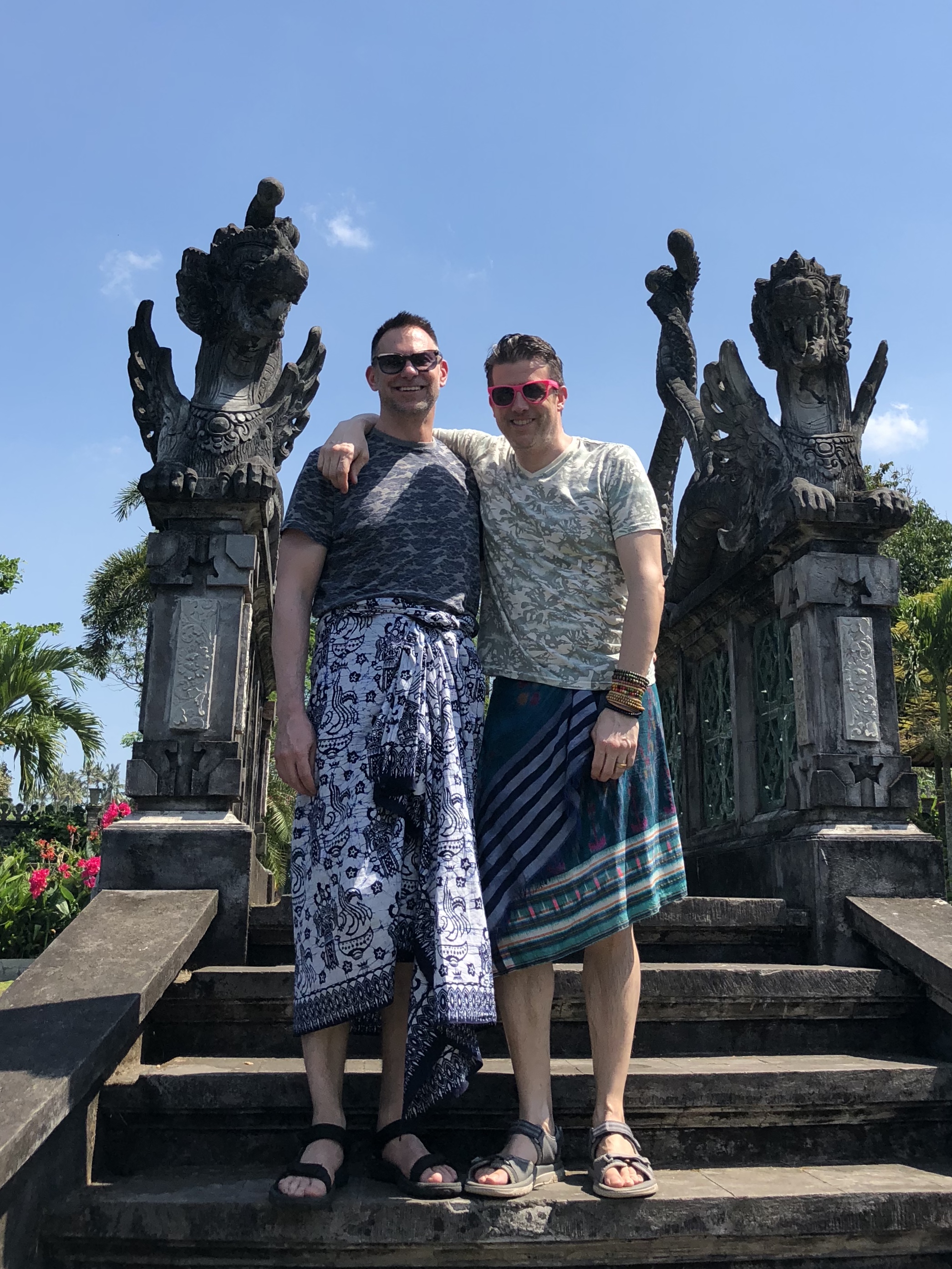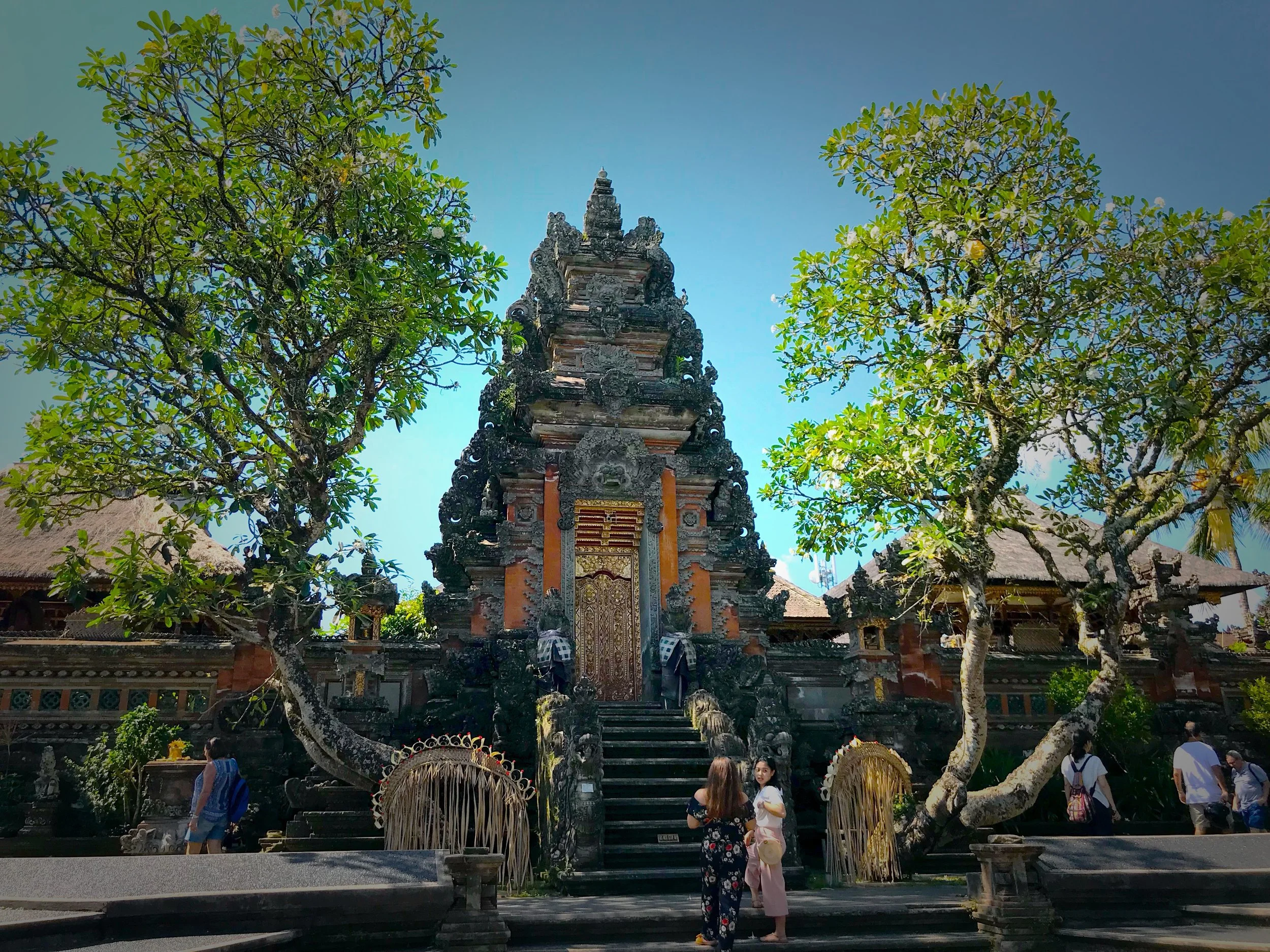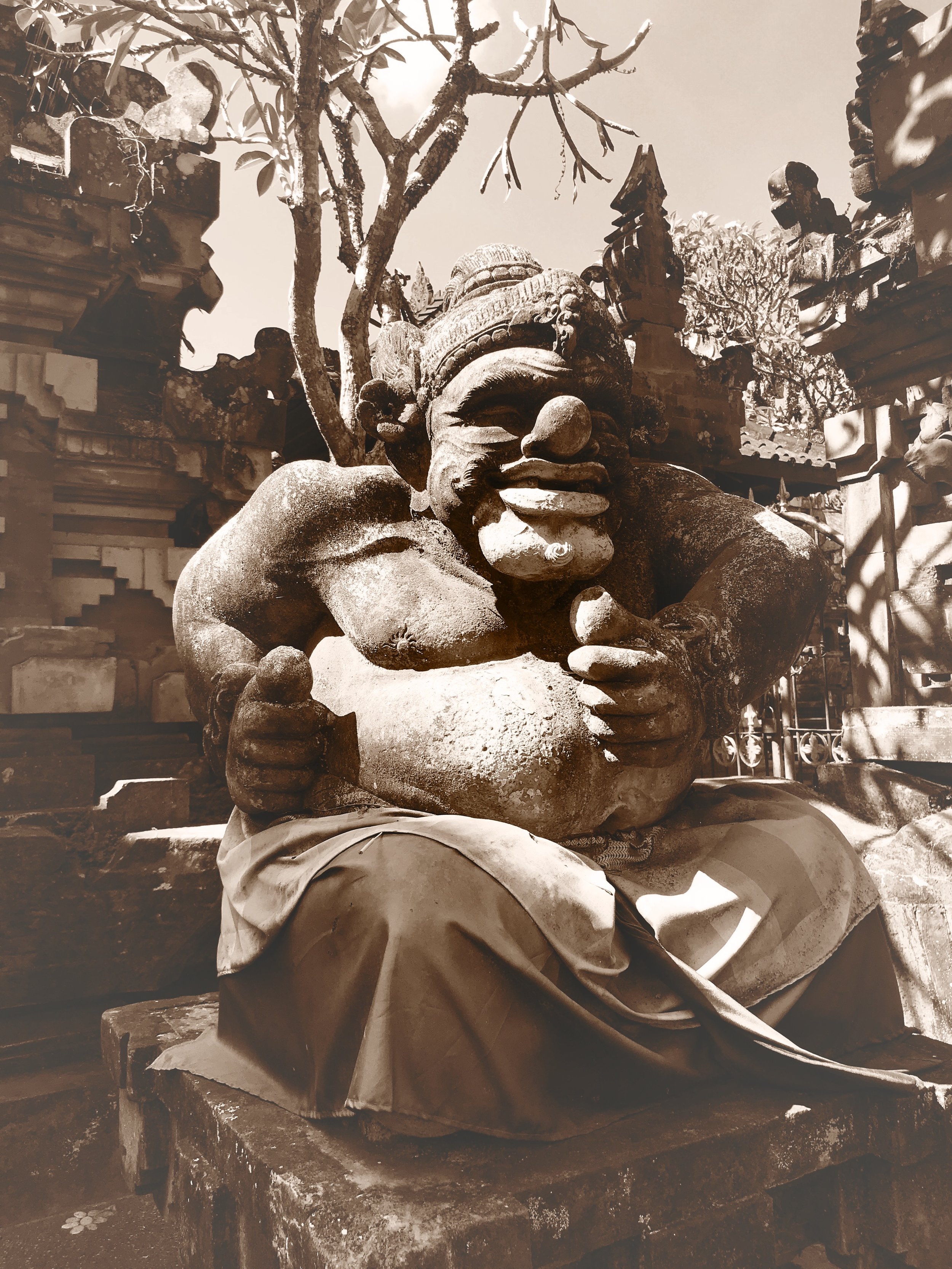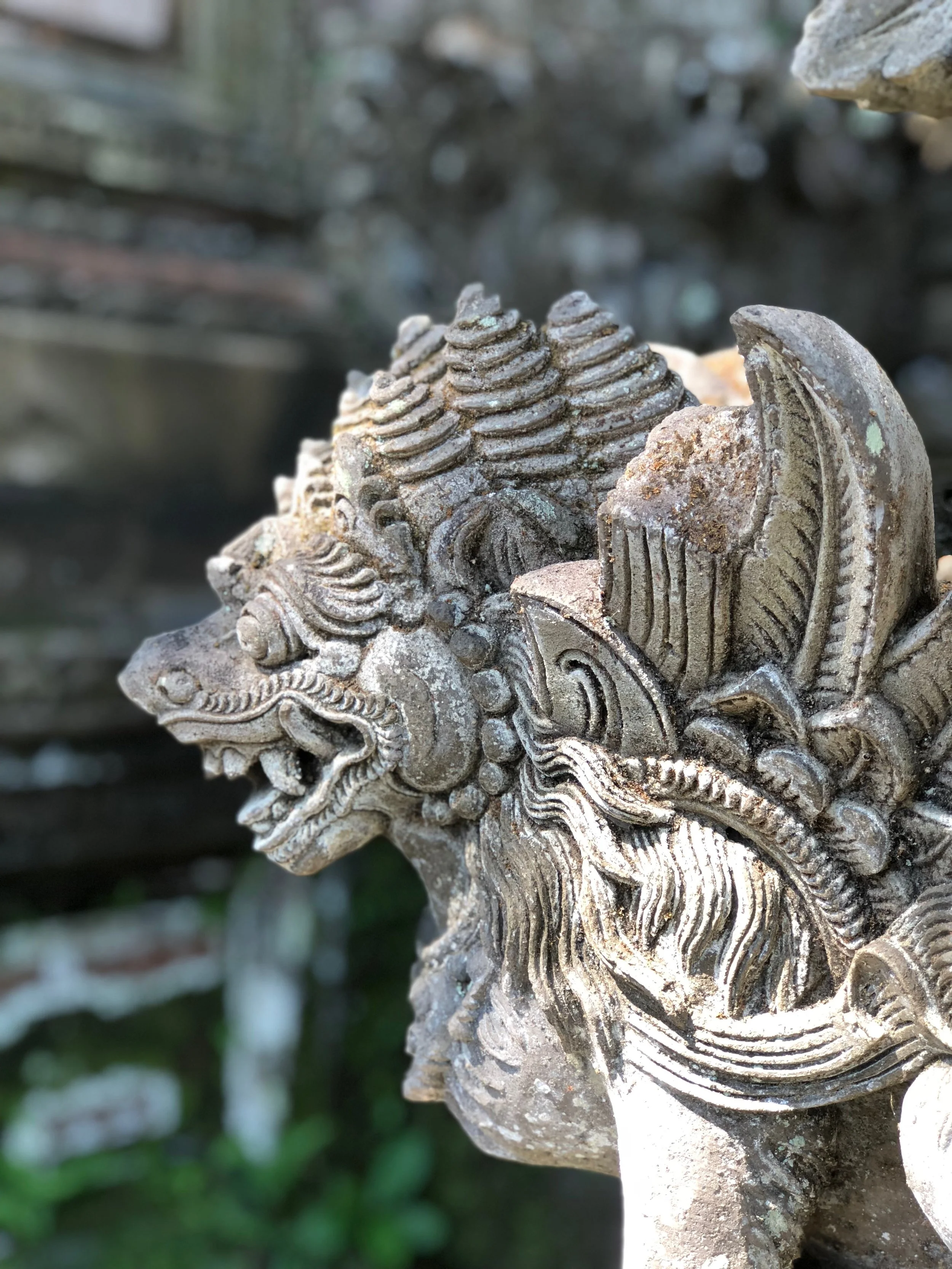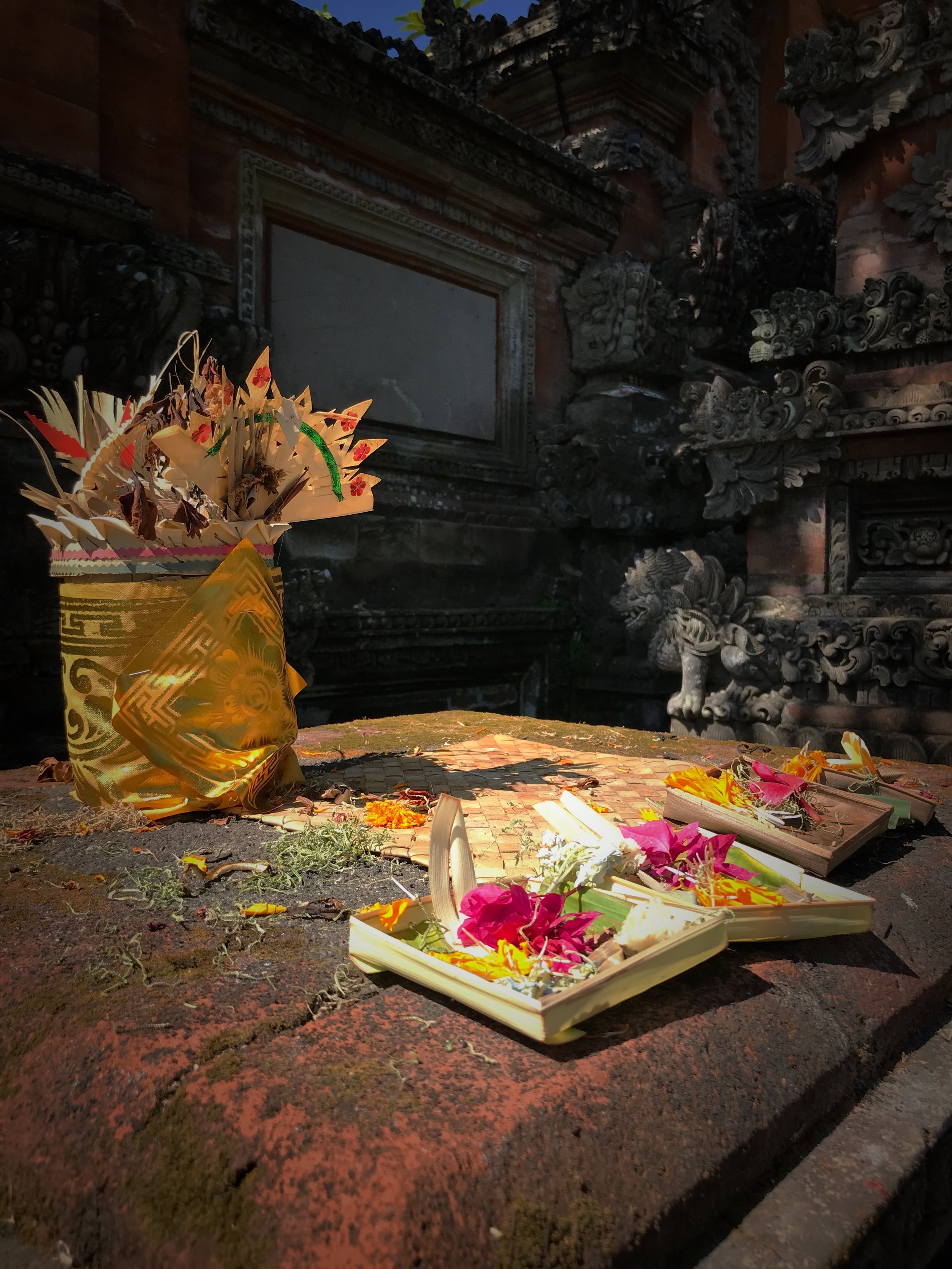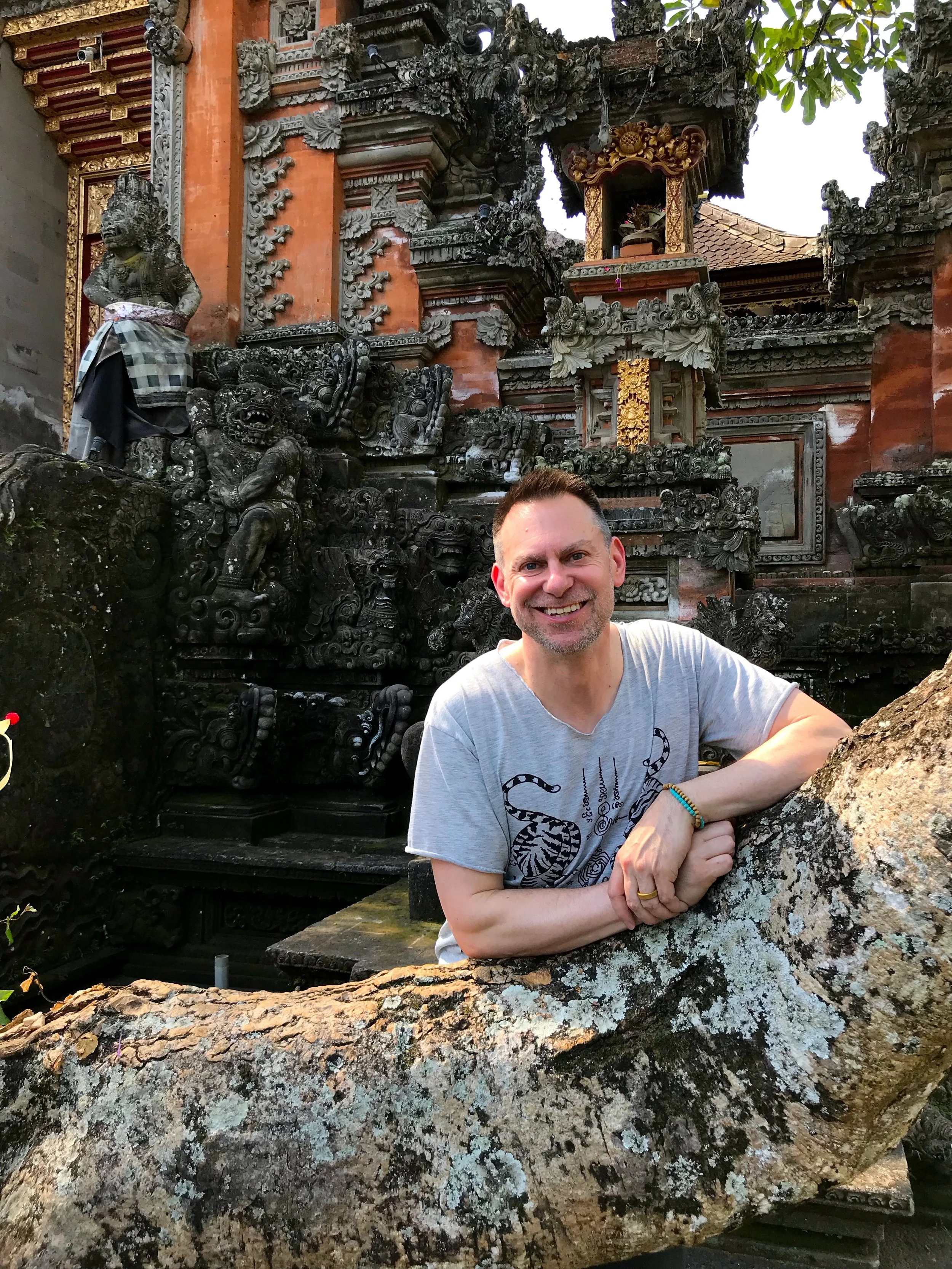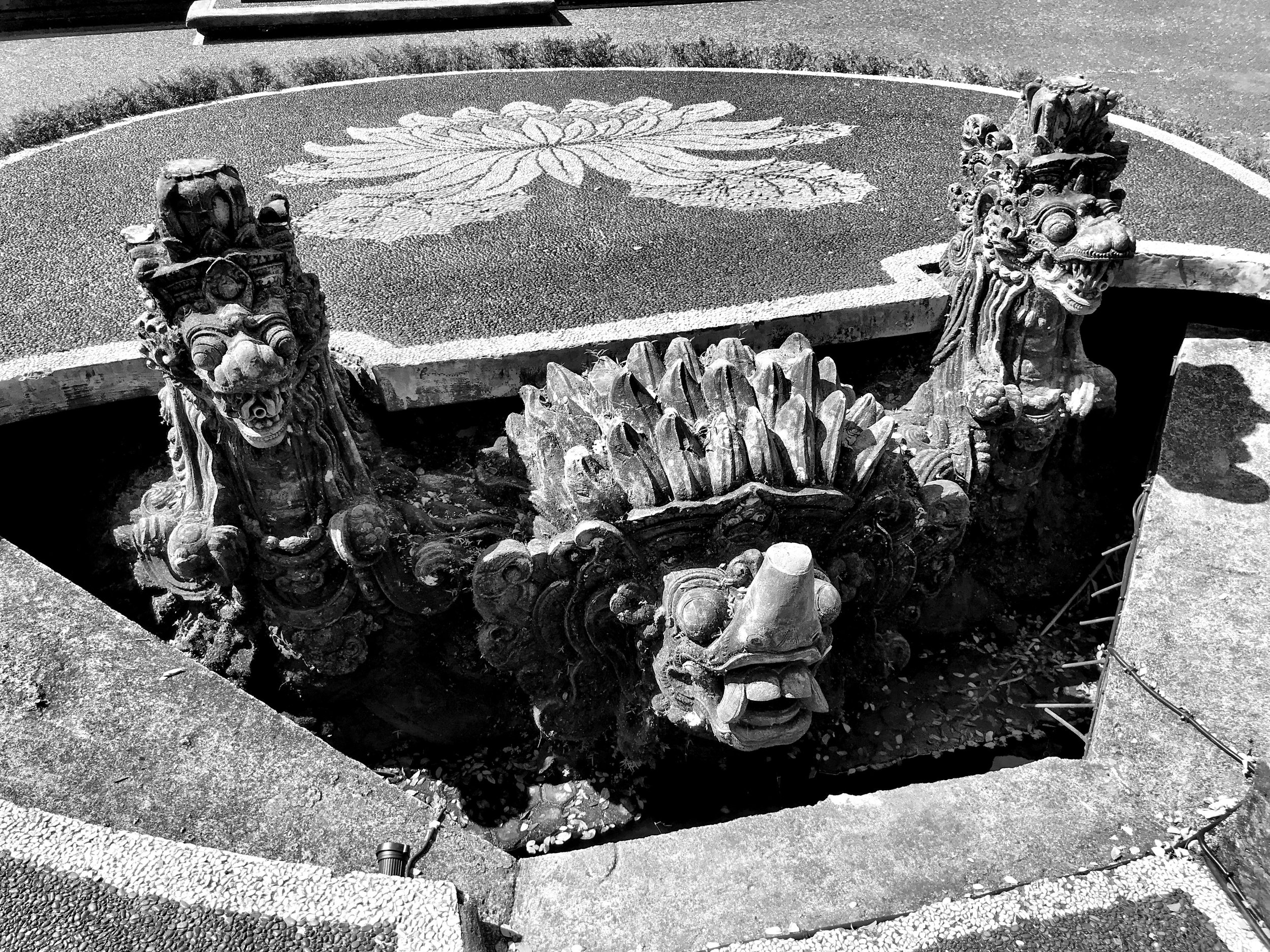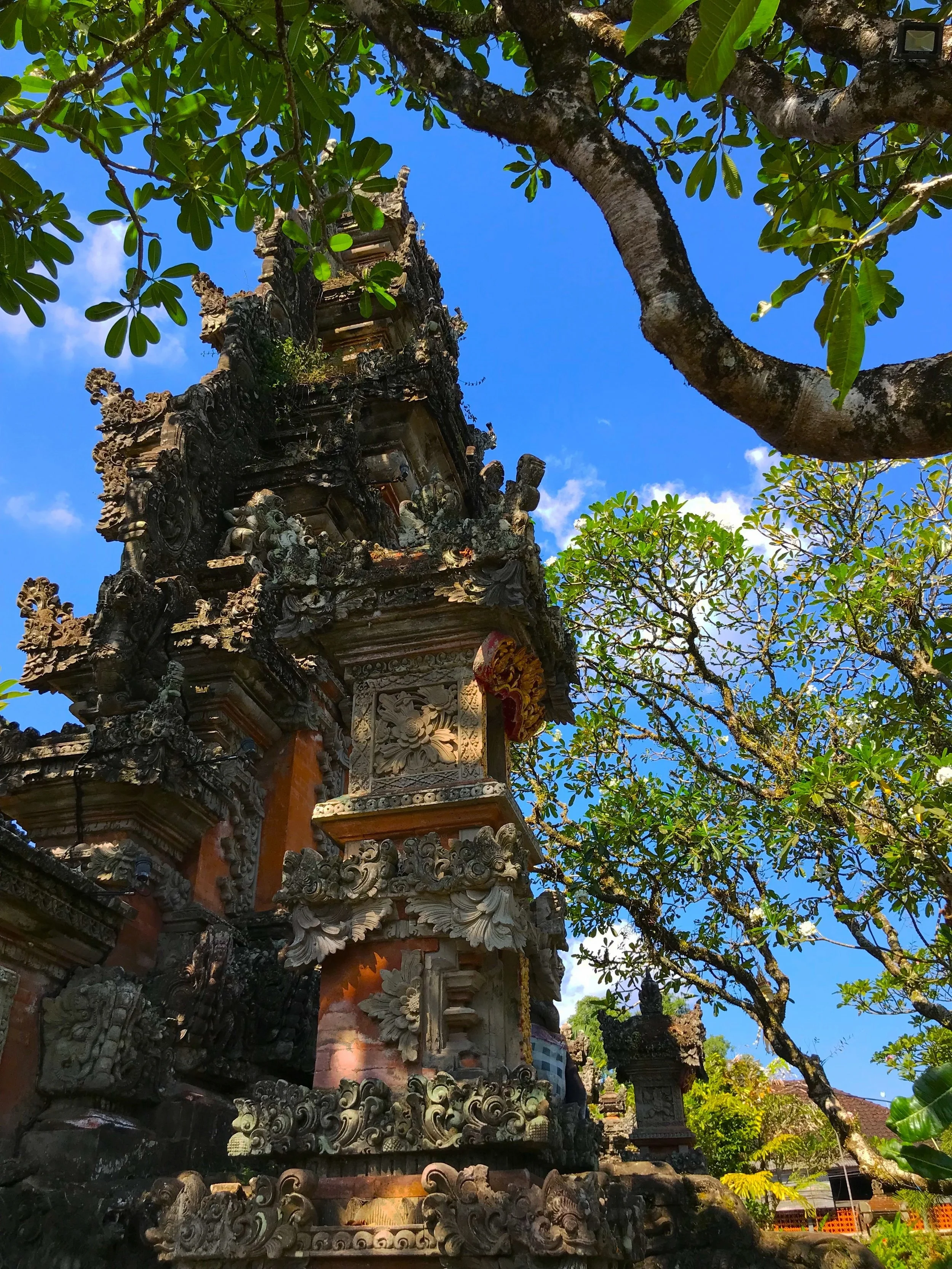From shipwrecks to manta rays, these are the top scuba diving spots in Bali — perfect for families, beginners, and underwater thrill-seekers alike.
Bali isn’t just for honeymooners and yoga influencers. It’s also a paradise for families who prefer their bonding time with a side of coral reefs, sea turtles and the occasional “Did you see that?!” squeal through a snorkel. With warm waters, outrageously colorful marine life, and dive sites for every level from “never seen a fin before” to “basically part mermaid,” Bali makes it easy — and wildly fun — to go underwater together.
Whether your crew includes seasoned divers, curious kids or reluctant spouses who were promised post-dive smoothies, Bali’s got the gear, the guides and the gentle currents to make everyone feel like Jacques Cousteau. Team up with a local scuba diving shop and you’ll get equipment, training, and a cheerful instructor who knows when to hold your hand and when to point at an octopus.
Top Dive Sites in Bali
Where to Get Your Fins Wet (and Your Mind Blown)
Tulamben
You haven’t truly visited Bali until you’ve floated above a sunken ship. The U.S.S. Liberty wreck sits just off the shore of Tulamben, resting peacefully in shallow water and now swarming with fish, turtles and tiny creatures with big personalities. It’s beginner-friendly, surreal and basically an underwater playground for divers of all levels — a rare combo.
Nusa Penida
Cue the dramatic music. This one’s for the more experienced divers (read: those who enjoy a good current and aren’t fazed when a manta ray with a wingspan wider than a car glides past. At Manta Point, you’ll likely meet these graceful giants up close. Head to Crystal Bay and, if you’re lucky and it’s the right season, you might catch a glimpse of the elusive mola mola — that weirdly wonderful ocean sunfish that looks like someone forgot to finish designing it.
Amed
New to diving? Have a hesitant teen or an overeager 8-year-old in tow? Amed is your happy place. With easy shore dives and candy-colored reefs just offshore, this laidback spot is tailor-made for beginners. It’s like snorkeling’s cooler, deeper cousin — all the wow, none of the stress.
Padang Bai (Blue Lagoon)
As gentle and welcoming as a sleepy sea turtle, the Blue Lagoon is perfect for first-timers and families dipping their fins in for an inaugural dive. Shallow, warm and full of Nemo-style charm, this is where you go to fall in love with the ocean — or at least impress your family with how chill you look underwater.
Menjangan Island
Tucked away on Bali’s quieter western coast, this island offers a Goldilocks-perfect dive: calm waters, healthy coral walls, and just enough sea life to keep things thrilling but not overwhelming. Great for mixed-ability families — even the grandparent who just got certified last year.
Secret Bay (Gilimanuk)
Calling all marine-life nerds and macro-photographers. Secret Bay is less about dramatic landscapes and more about the strange and wonderful: ghost pipefish, seahorses, frogfish and other creatures that look like they were dreamt up by Dr. Seuss. It’s calm, quirky and off the beaten reef — ideal for intermediate divers and underwater shutterbugs.
Family-Friendly Activities in Bali
When You’re Not Blowing Bubbles
Sure, the diving’s great — but so is everything else. Between dives, you can have a beach picnic, take a traditional cooking class, or try to explain to your kids why you can’t take home a macaque from the Monkey Sanctuary in Ubud. Snorkeling is a fabulous compromise for non-divers, offering views of coral gardens without the need for tanks or training.
And don’t skip the culture: Balinese dance performances, temple tours (Temple of Death, anyone?), and day trips to gorgeous sites like the Tirta Gangga Water Gardens and the Tegallalang Rice Terrace. And don’t forget the hands-on workshops (make your own batik! carve a mask! learn to make offerings!). These activities give the whole family a taste of local life that’s just as memorable as spotting a cuttlefish.
Planning Your Dive Trip
Avoid the Chaos. Hire the Pros.
Want a stress-free, sea-filled adventure? Partner with a local dive shop. They’ll handle the logistics, provide well-maintained gear, arrange instructors who actually like teaching kids (bless them), and offer multilingual support so nothing gets lost in translation.
Many shops offer family-focused packages that include hotel pickup, kid-sized wetsuits, and coffee for parents who didn’t sleep thanks to jet lag or overly enthusiastic roosters. They also offer crash courses in marine ecology, so you leave knowing the name of that funky fish your daughter keeps calling a “glitter eel.”
Safety First (Because It’s Hard to Bond in a Hyperbaric Chamber)
This should go without saying, but diving isn’t the time to wing it. Even Bali’s gentlest dive sites require preparation — especially with a family crew. A reputable shop will give each person a skills check and adjust the experience to match. You’ll learn how to handle your gear, what to do in an emergency, and why you really shouldn’t touch that colorful fish (hint: It might touch back with its teeth).
Group briefings and guided sessions ensure everyone feels prepared, safe and thrilled. It’s not just about staying out of trouble. It’s about building confidence together, one dive at a time. –Sadie Smith

